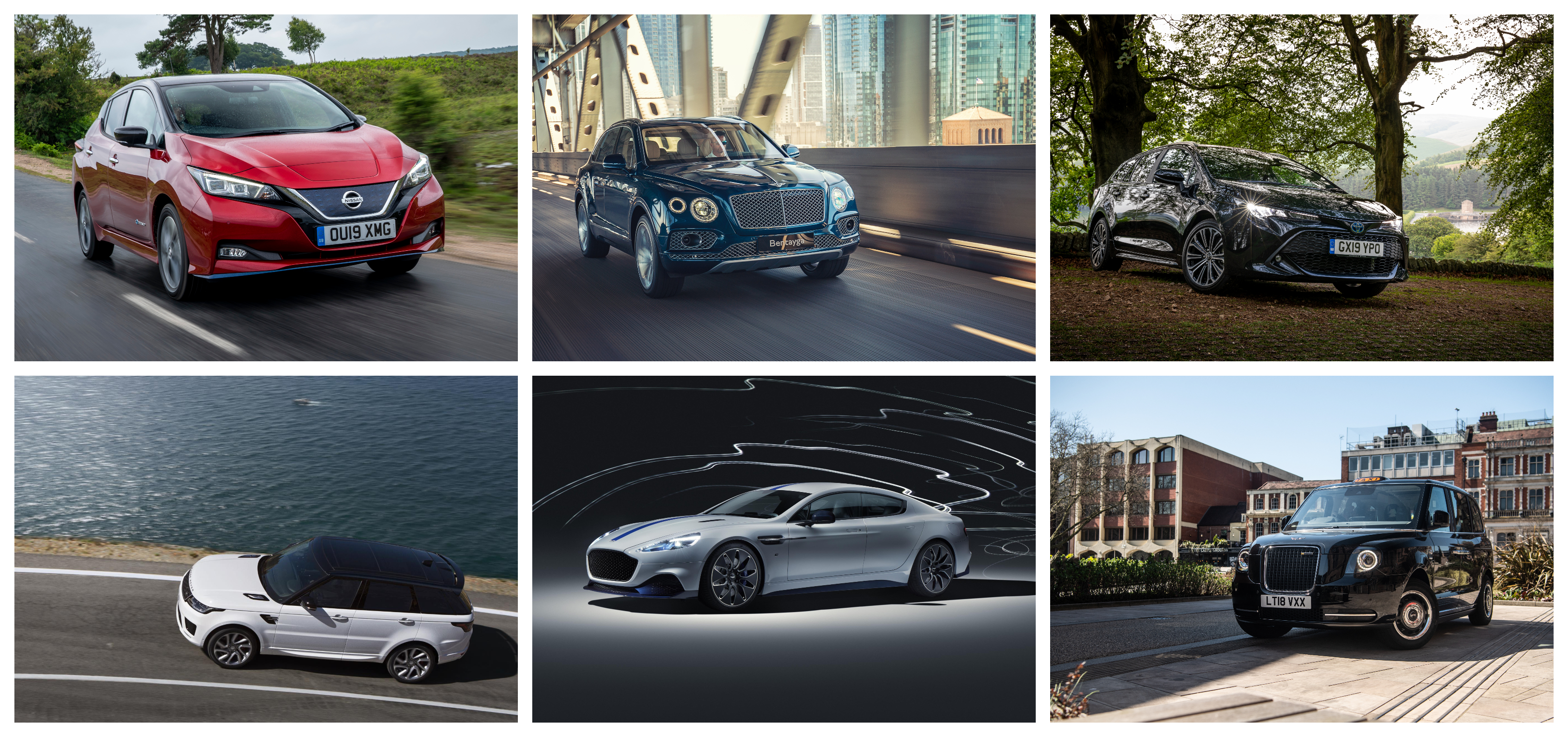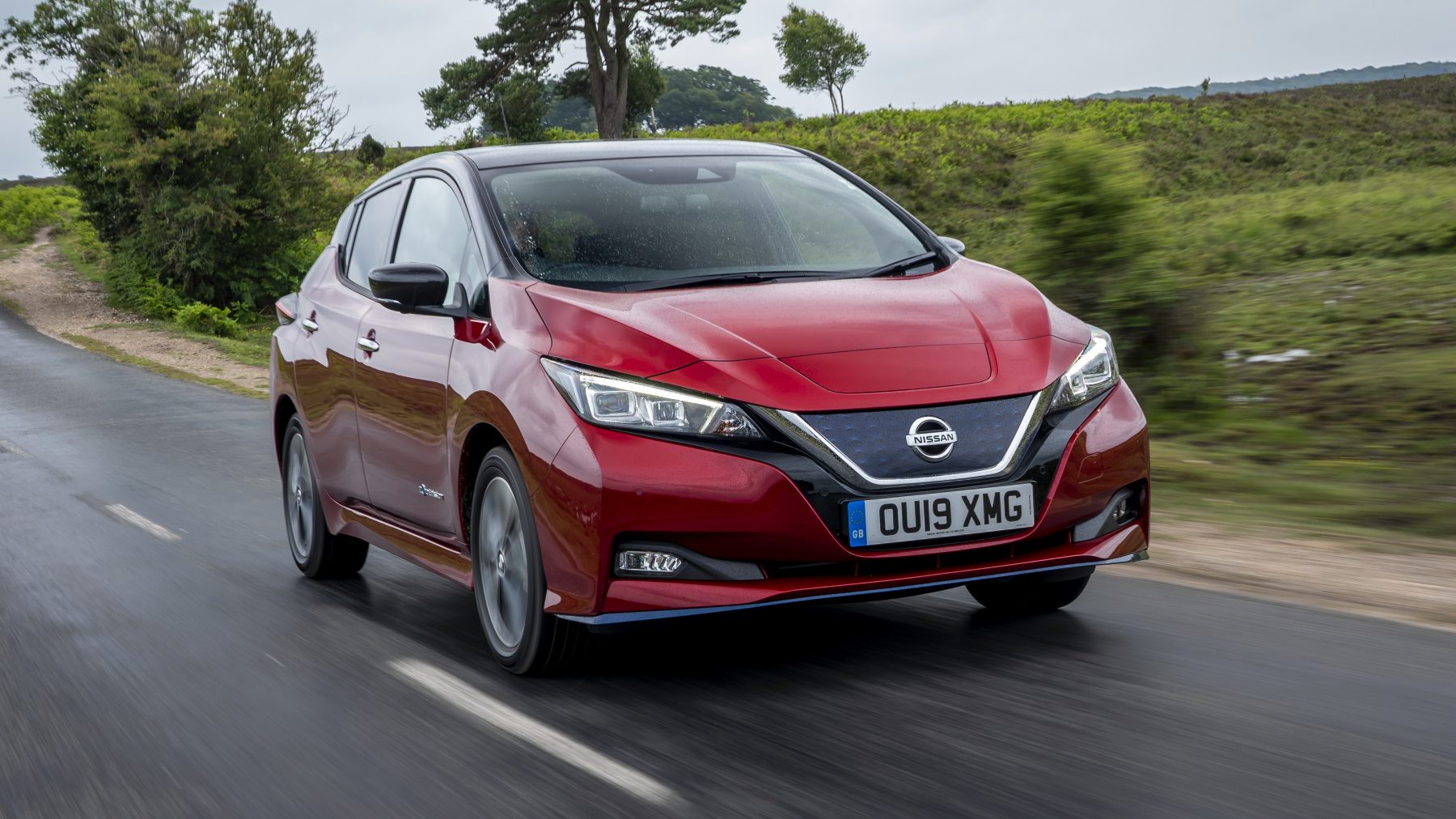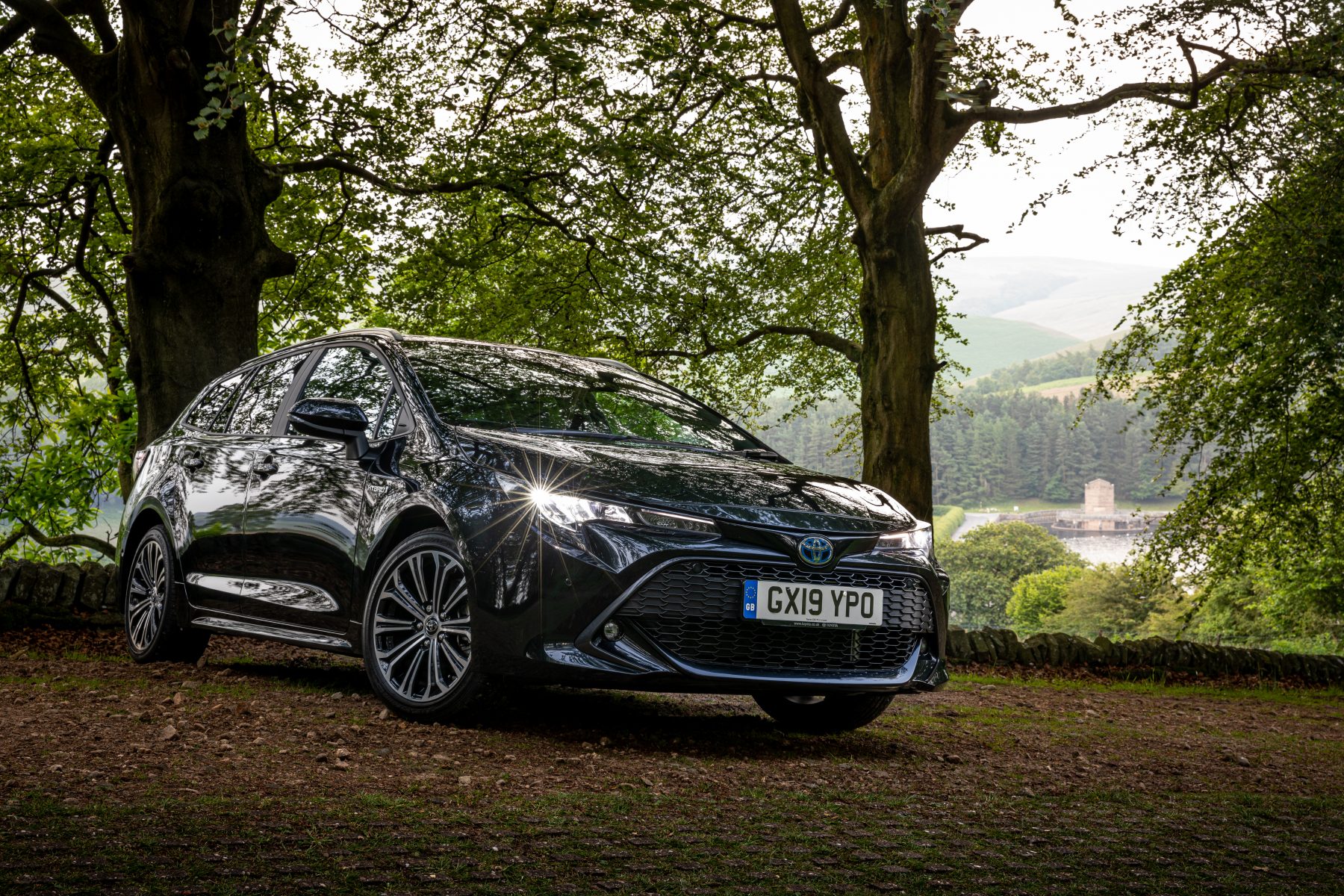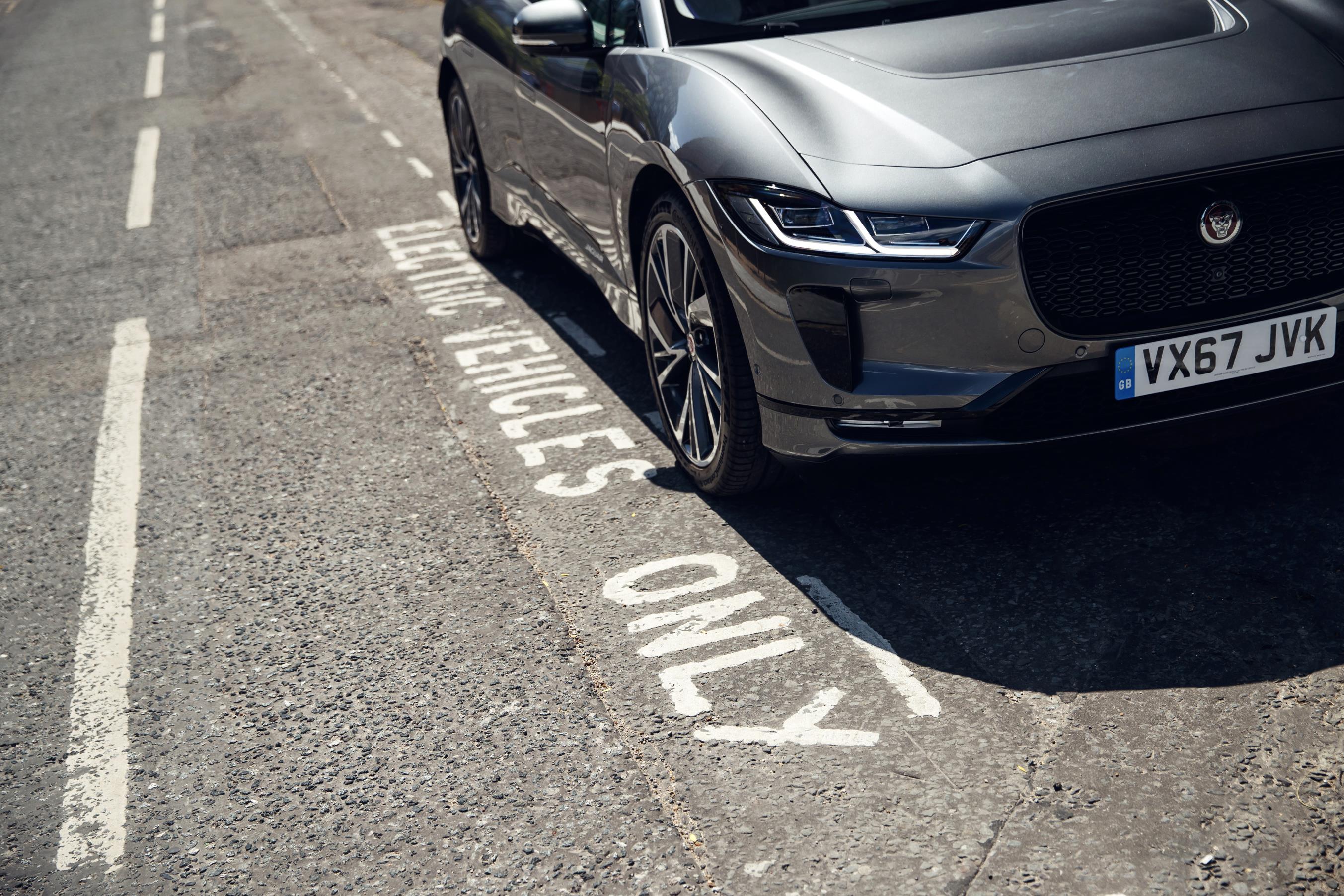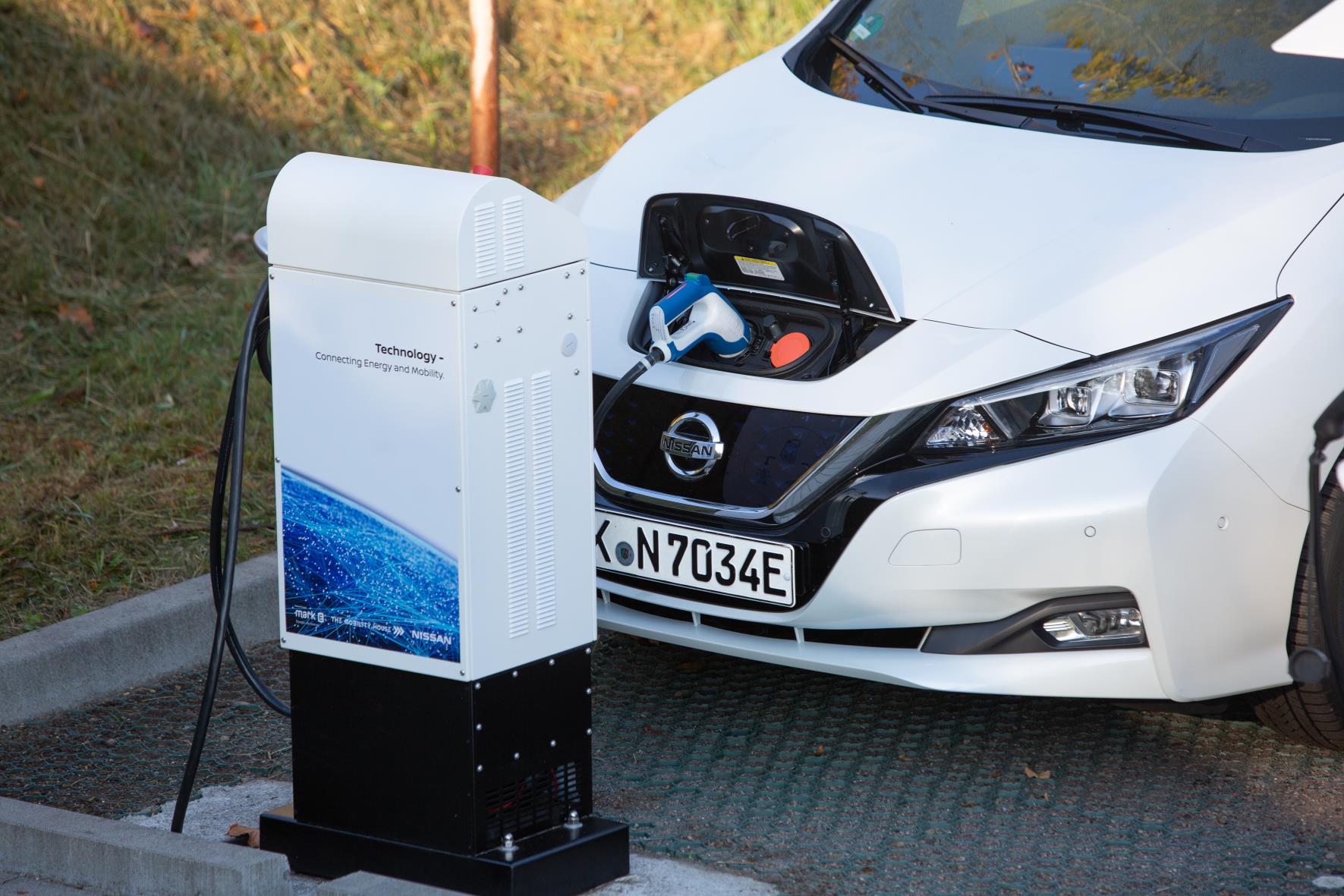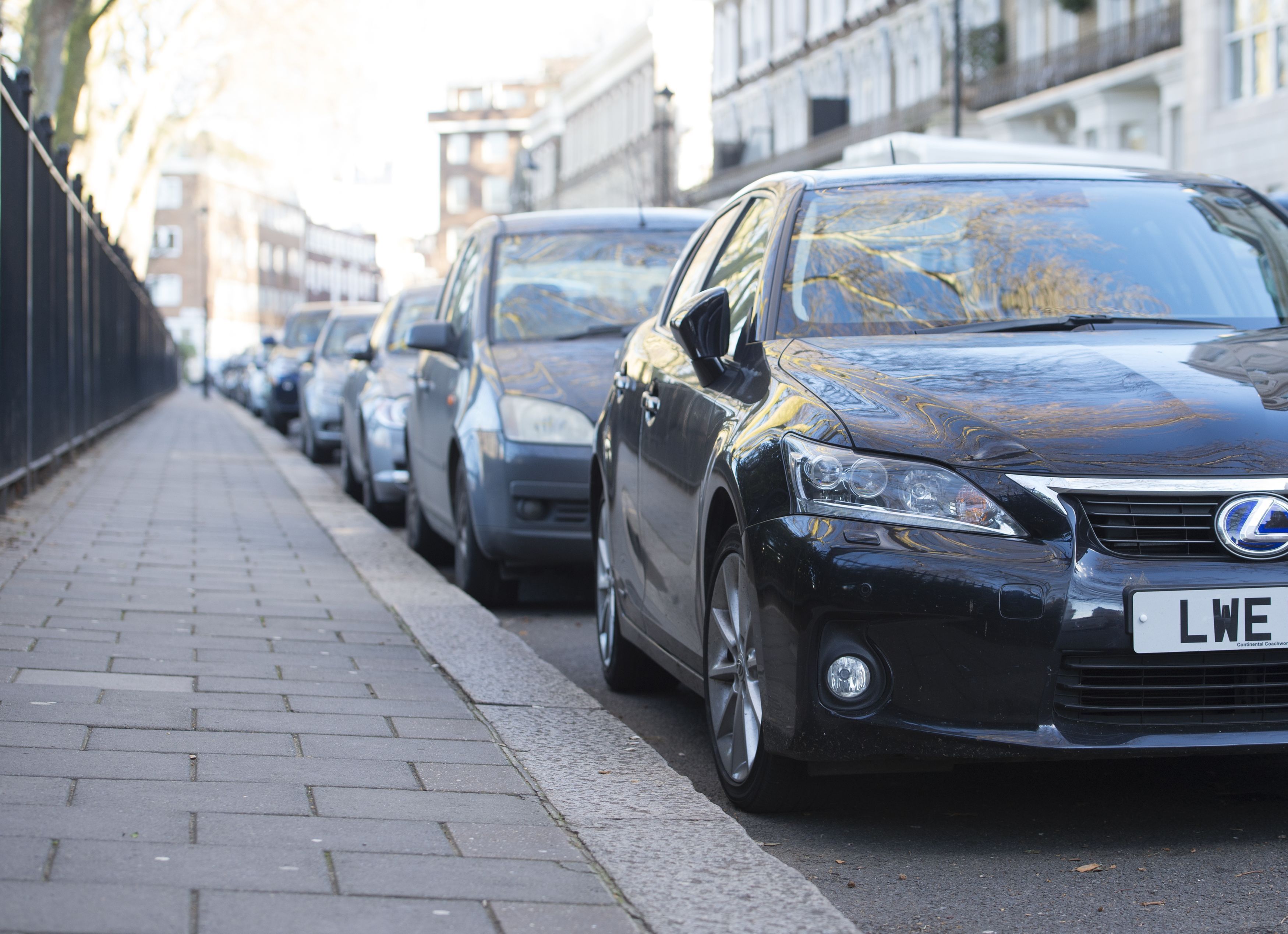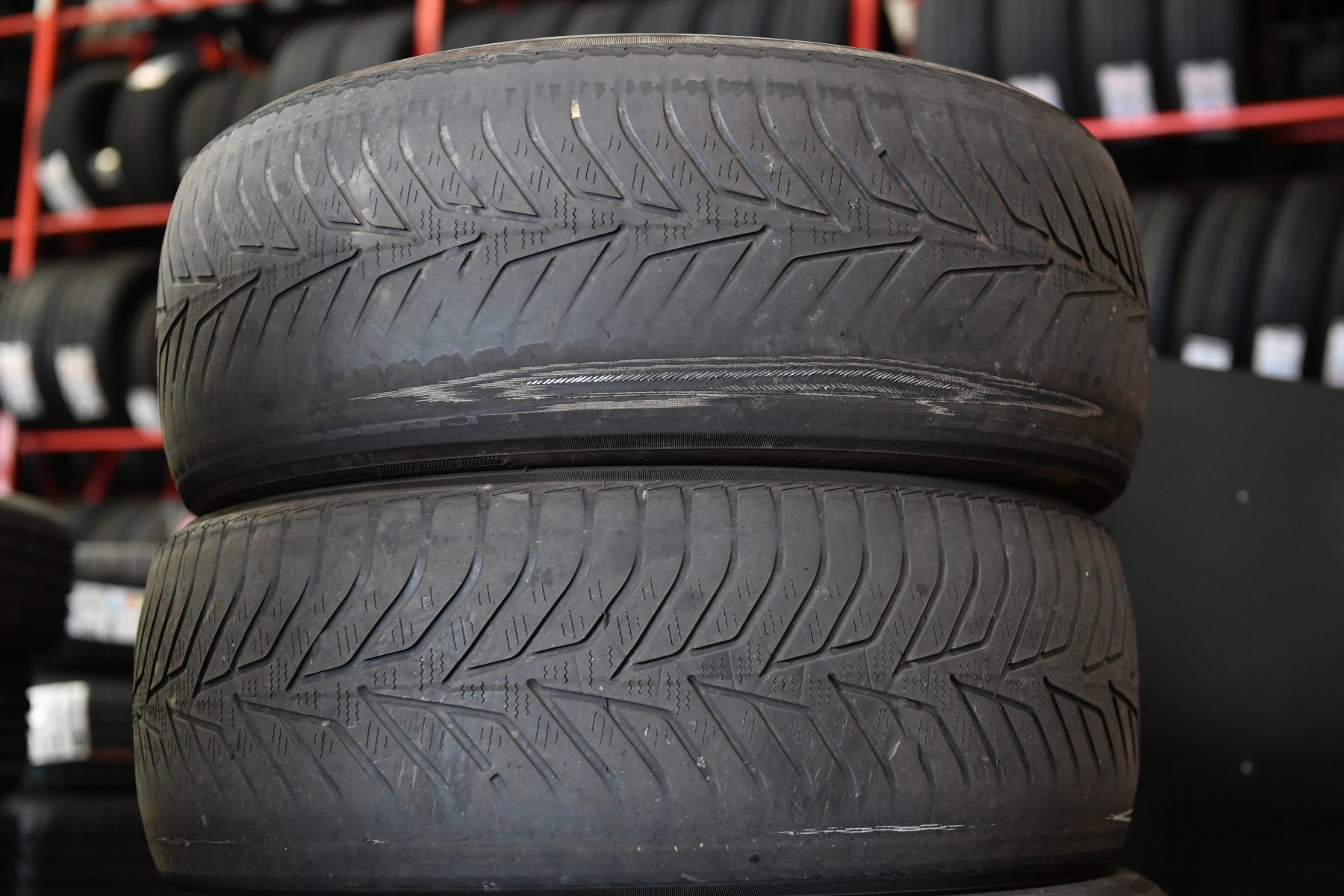What is it?
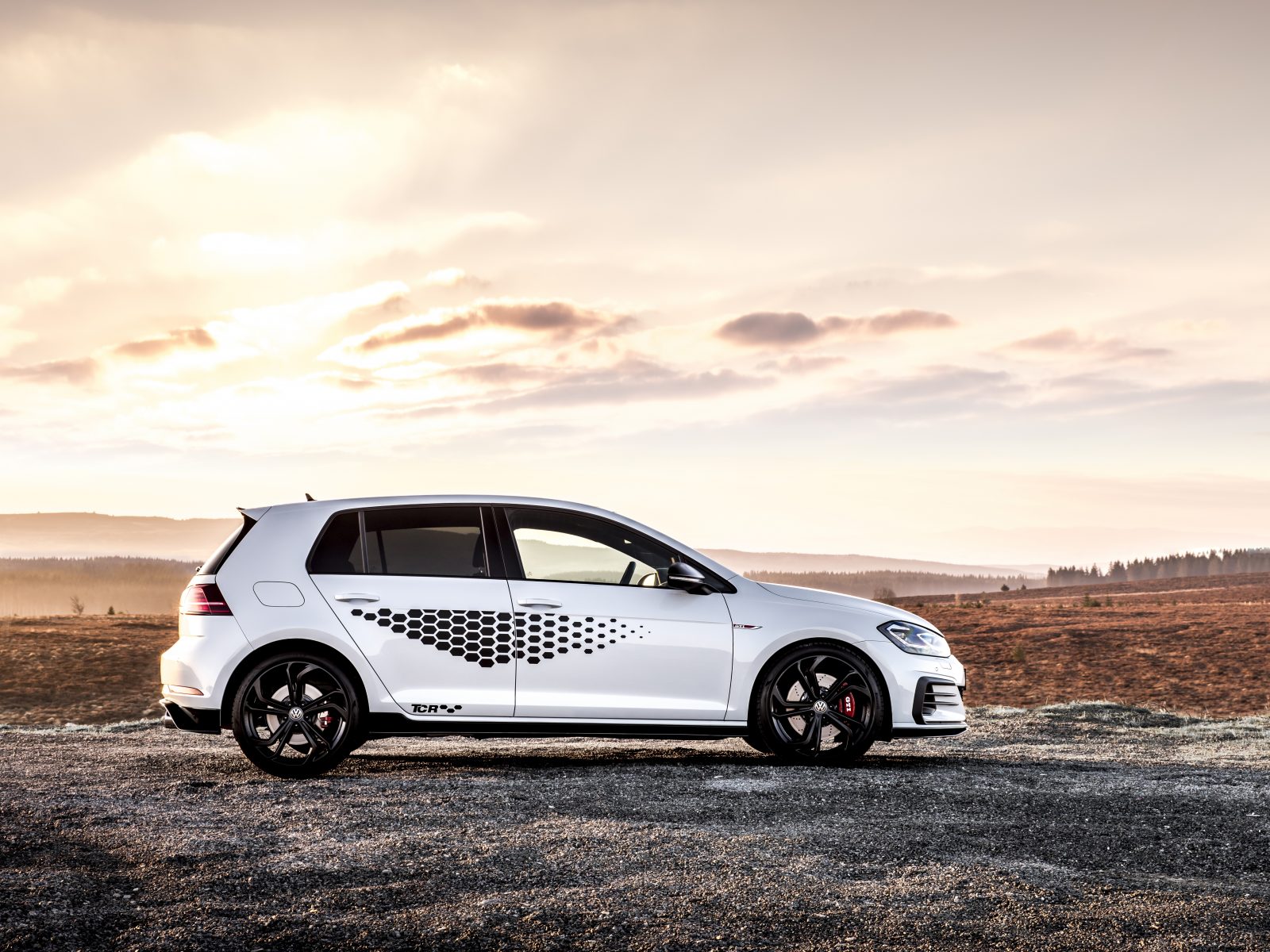
The Volkswagen Golf GTI is one of the most iconic nameplates in automotive history. It’s the car that gave birth to the hot hatch genre, and despite a couple of hiccups along the way, has consistently been one of the go-to models in the segment.
However, for this run-out ‘goodbye’ to the seventh-generation go-faster Golf, Volkswagen is aiming to shake free of the GTI’s sensible stereotype. The name says it all – TCR is a nod to the Touring Car Racing motorsport formula, in which a race-prepped Golf takes part.
By referencing a race car in its name, it’s clear that this is meant to be a more hardcore hot hatch, out to take on the best in the segment.
What’s new?
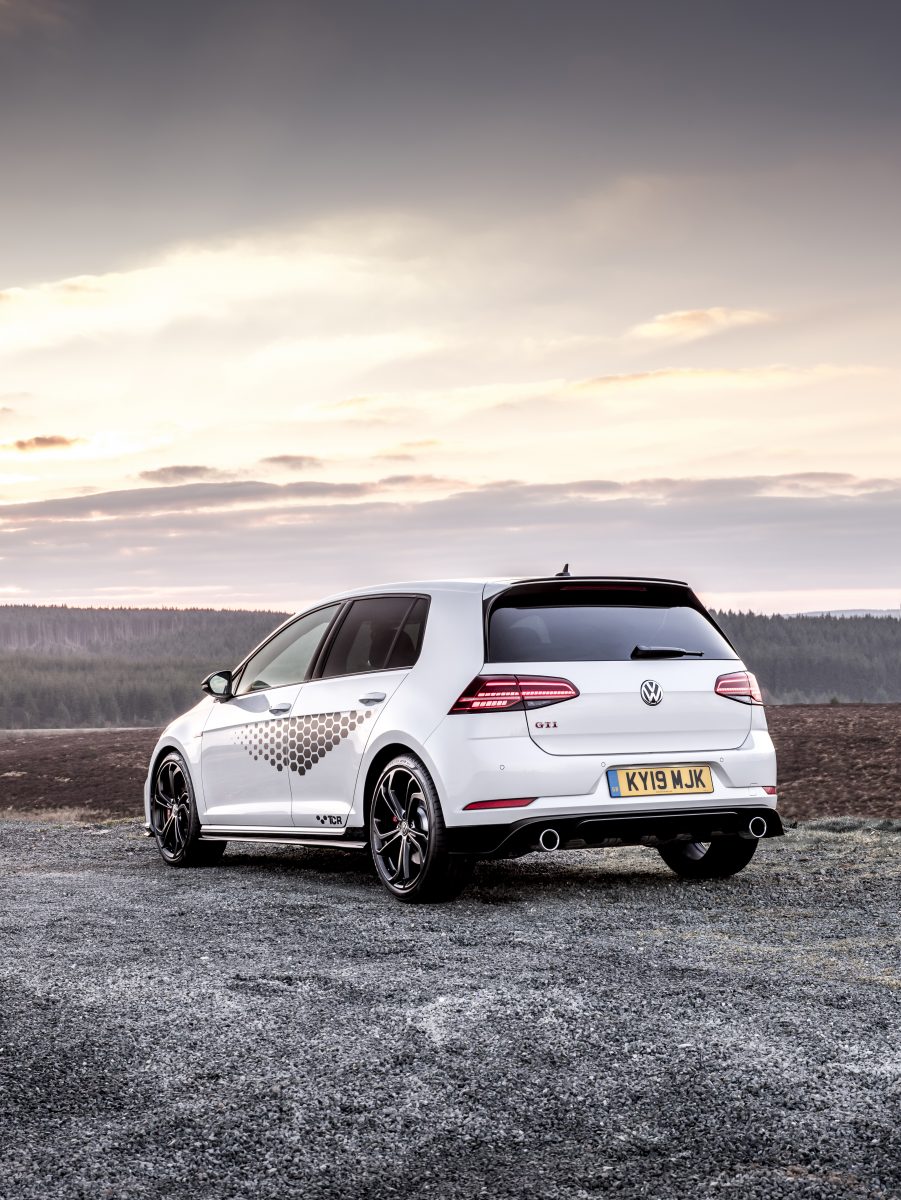
We’ve seen upgraded versions of the GTI before, but this takes it up to 11, offering optional kit from other models as standard and bringing some new goodies, too. There’s more power, no manual transmission option, a mechanical differential lock for the front wheels, perforated brake discs, and a performance-optimised stainless steel exhaust system.
However, perhaps surprisingly, the interior remains fully intact. Often when hot hatches are released in track-focused form the rear seats are removed to reduce weight, with the Renault Megane RS Trophy-R being one of the best examples. Is this a sign that the Golf can’t quite shake its sensible nature, despite the race car pretence?
What’s under the bonnet?
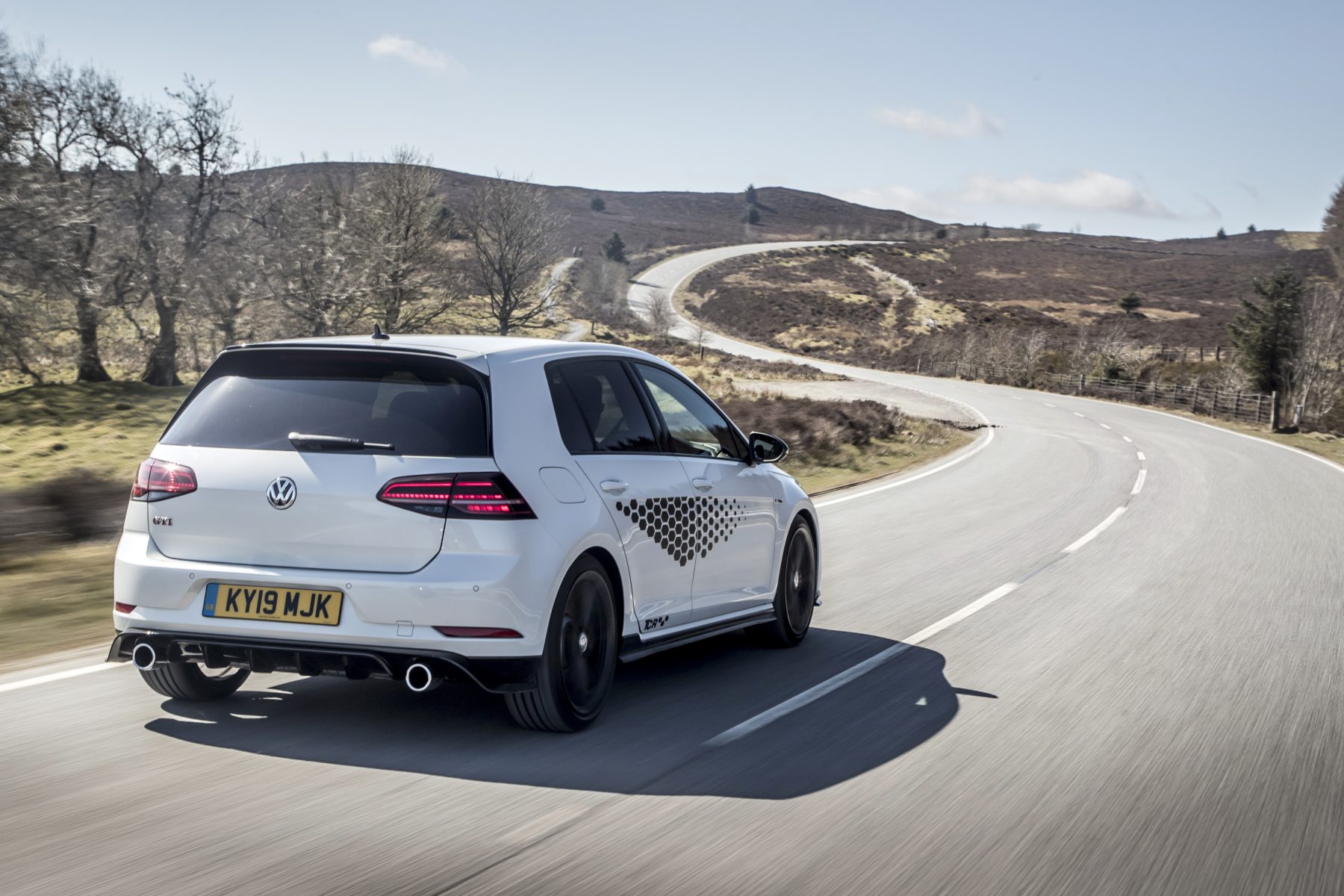
If you know your VW Group performance cars, you’ll recognize this EA888 unit that’s found its way into everything from the Seat Leon Cupra to the Audi S3. Here, performance has been upped considerably over other GTI models to 286bhp and 380Nm of torque, just short of the all-wheel-drive Golf R.
It’ll do the 0-60mph sprint in 5.6 seconds, and promises about 36mpg, which proves just why these models are so popular – pace without bank-breaking bills.
Performance is blistering and puts the GTI on an even keel with some of the more capable and fun-to-drive alternatives. The noise is fantastic, too. Those changes to the exhaust have freed some character as well as performance, both of which are much-needed in regular GTI models.
What’s it like to drive?
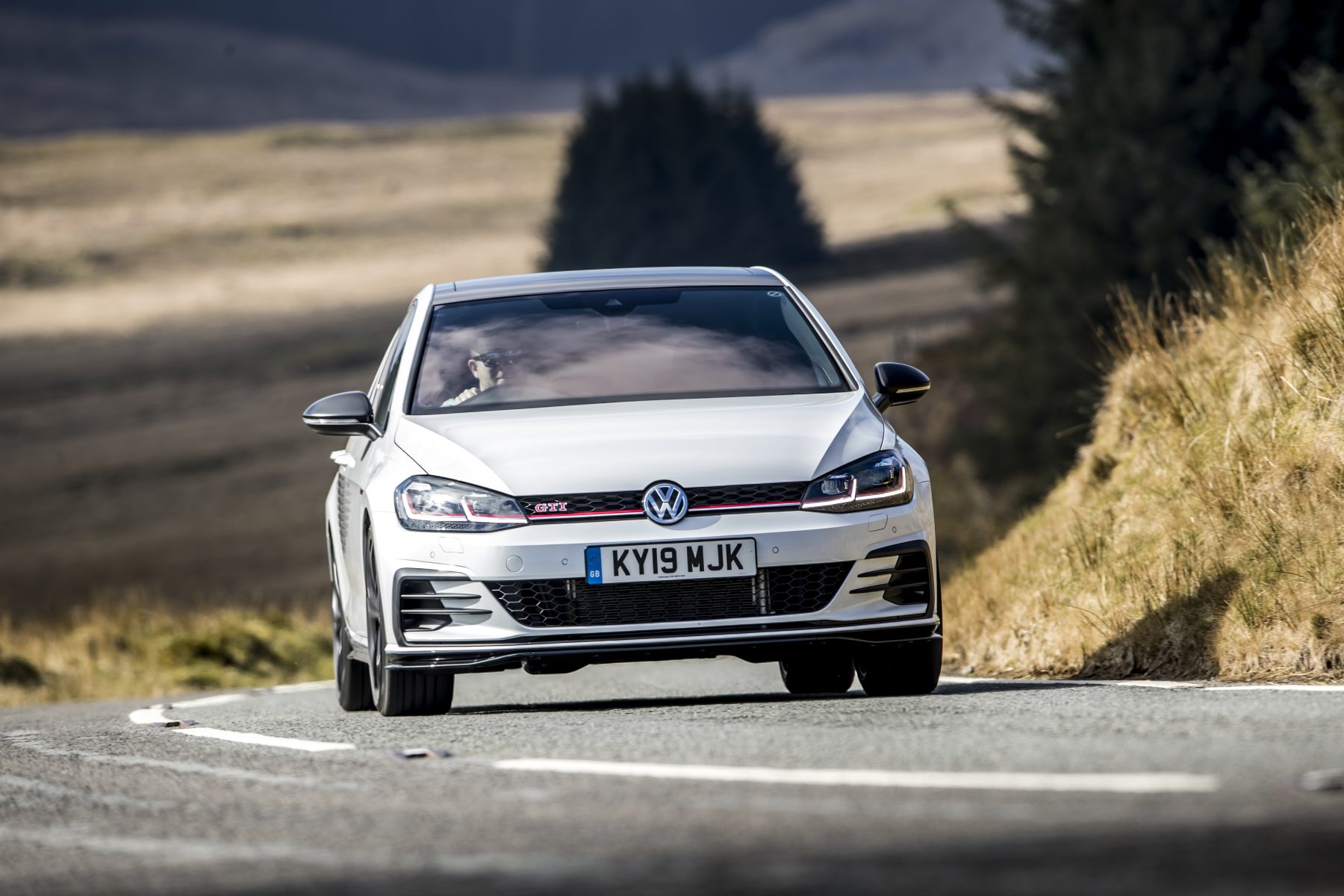
From the first time you plant your right foot in sport mode, it’s clear that this GTI is a much more serious proposition than the cars that usually wear this badge. The chunky, grippy Bridgestone tyres work with the front differential to ensure torque steer is largely kept under wraps, catapulting you forward in a cacophony of farty four-cylinder noise.
Attack a B-road and you’ll be met with near-endless grip, giving you more and more confidence to push harder and harder with every corner. It’s not quite as hard-nosed and sharp in its responses as benchmark rivals like the Hyundai i30 N and Honda Civic Type R, though, feeling a little heavier and less-focused.
This is a bit of a shame given the TCR connotations, but the fact that it feels so much more aggressive than its predecessors yet can still fall into its role as a comfortable, premium family hatchback at the press of a button it its real USP.
How does it look?
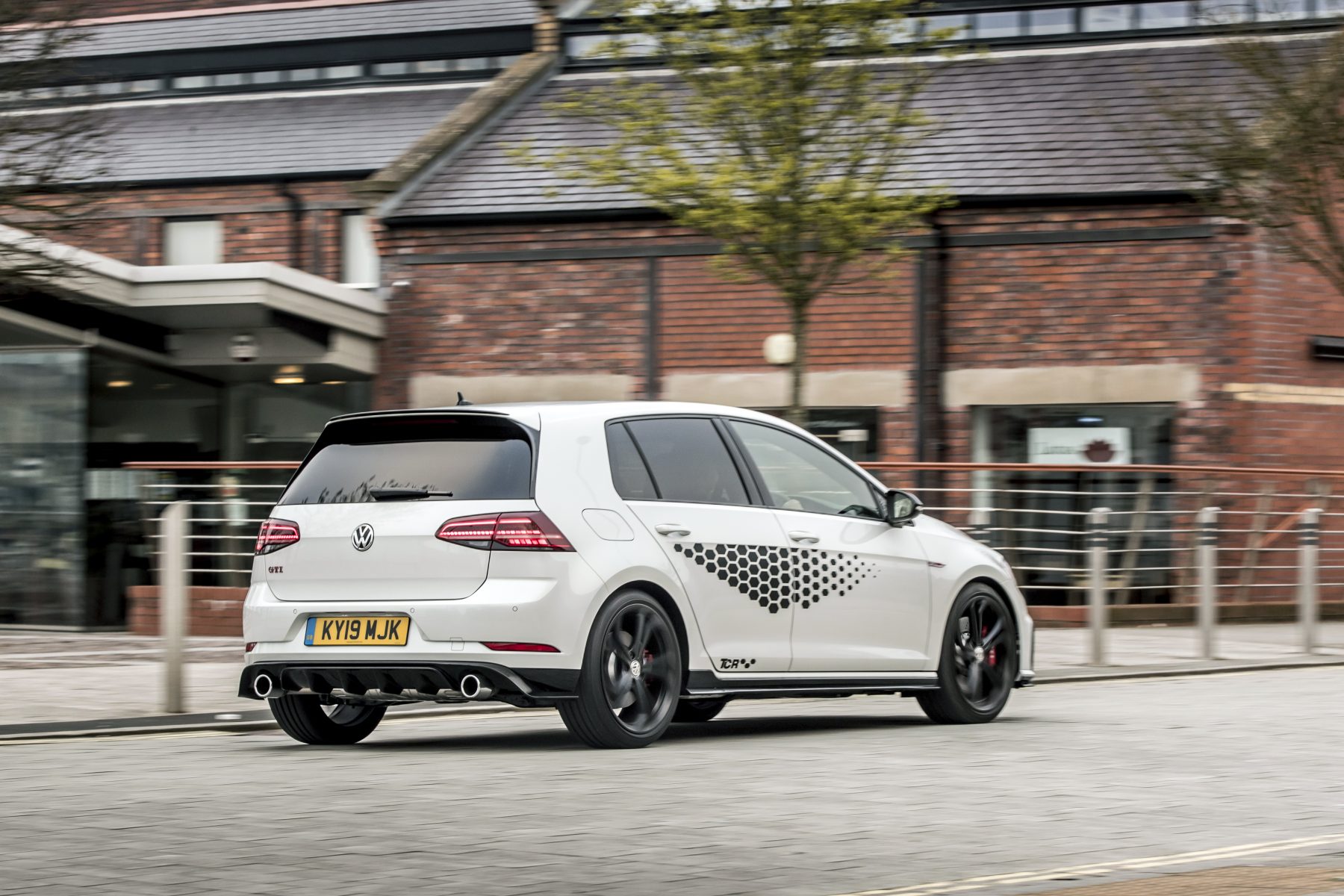
To the uninitiated this could be any other, well-specced Golf. However, those in the know will realise this particular Golf has been making the most of its gym subscription. It’s no pumped up, flare-arched touring car lookalike, but the TCR-specific bodykit adds just enough muscle to hint at the fiery performance on offer.
The optional sticker pack on our car feels a touch unnecessary when the TCR still leans towards the sensible side of the hot hatch scale, but the Tornado Red paint job, which is a dark, deep shade, looks real quality and only adds to the premium appeal.
What’s it like inside?
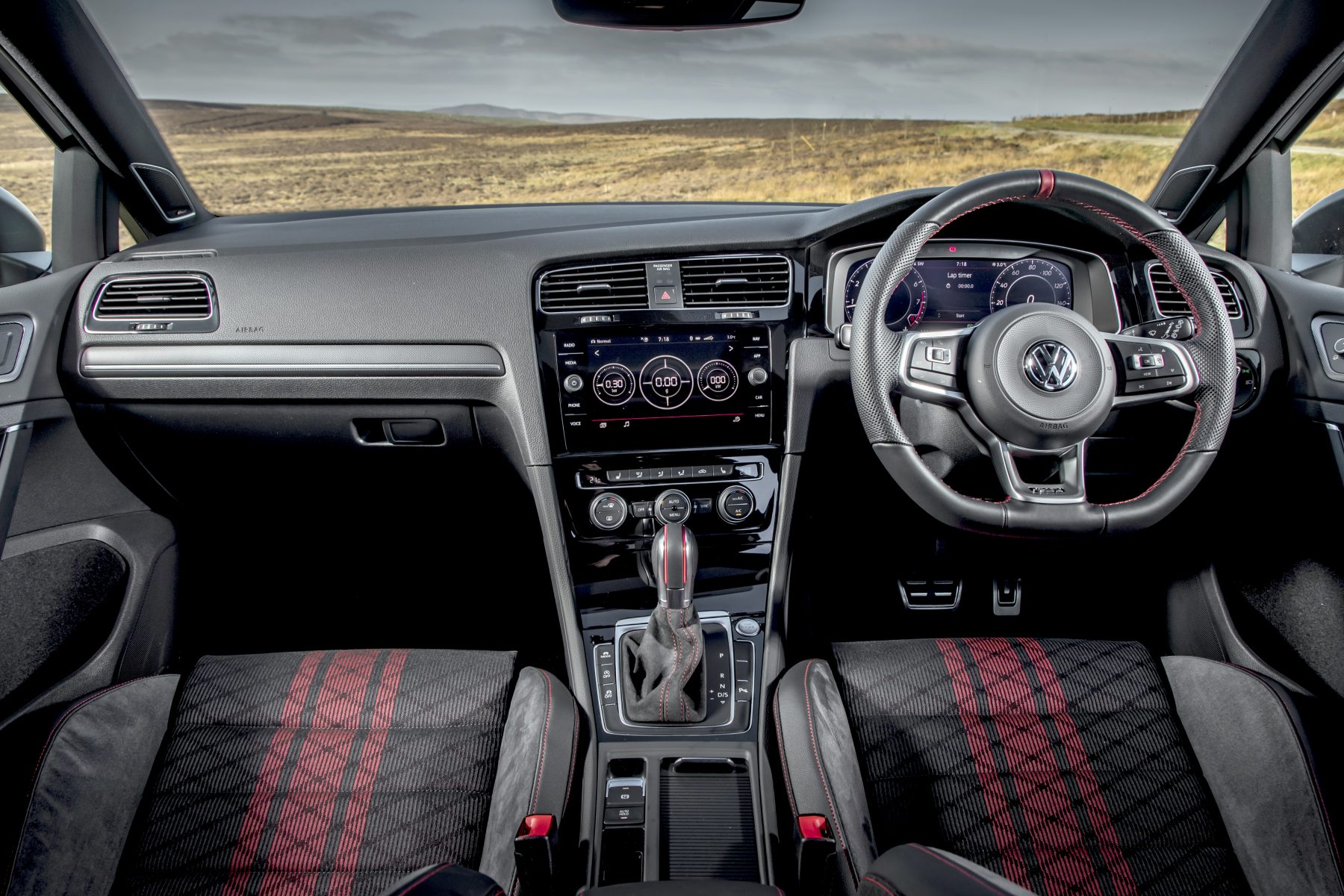
It’s a touring car special, so there are going to be hard-backed bucket seats, infotainment delete and a roll cage, right? Well, no. As we’ve now come to expect that name is a bit of a misnomer, but that’s really not necessarily a bad thing when it comes to the interior.
The seats are the same supportive units used in other GTIs, but retrimmed with some Alcantara bits, while the rest of the interior is typical high trim level Volkswagen. There’s an eight-inch infotainment screen, sporty flat-bottomed steering wheel, virtual cockpit and a special TCR red tartan upholstery design.
There’s not much to make it stand out as something overtly sporty, but for people looking for something fairly hardcore that can slot into everyday life too, there are few better.
What’s the spec like?
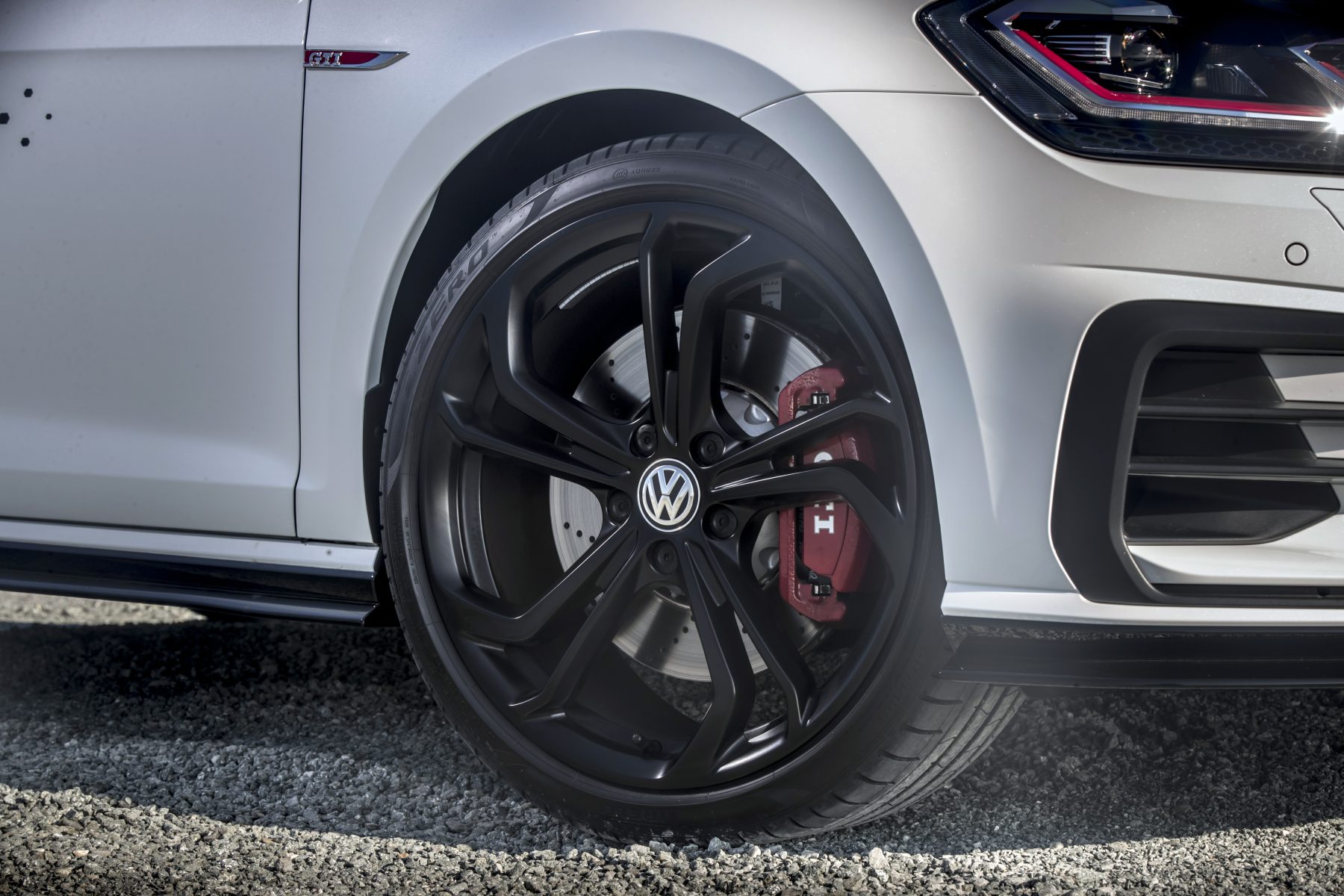
As you’d expect from a hot hatch that starts at nearly £35k, there’s plenty of equipment to justify the price tag. As standard, it’s available with the aforementioned body kit, 18-inch wheels, and LED headlights on the outside. Inside, there are those Alcantara trim heated sports seats and leather-trimmed steering wheel.
However, our car came in at a whopping £40,674, thanks largely to the addition of the Performance Pack. For an extra £2,900, you get bigger 19-inch black alloy wheels with semi-slick tyres, a derestricted top speed of 164mph, 20mm lower suspension, and Dynamic Chassis Control.
It’s pricey but given the fact that this is the most serious of Golf GTI performance variants, it feels like a sensible option to tick for that full TCR experience.
Verdict
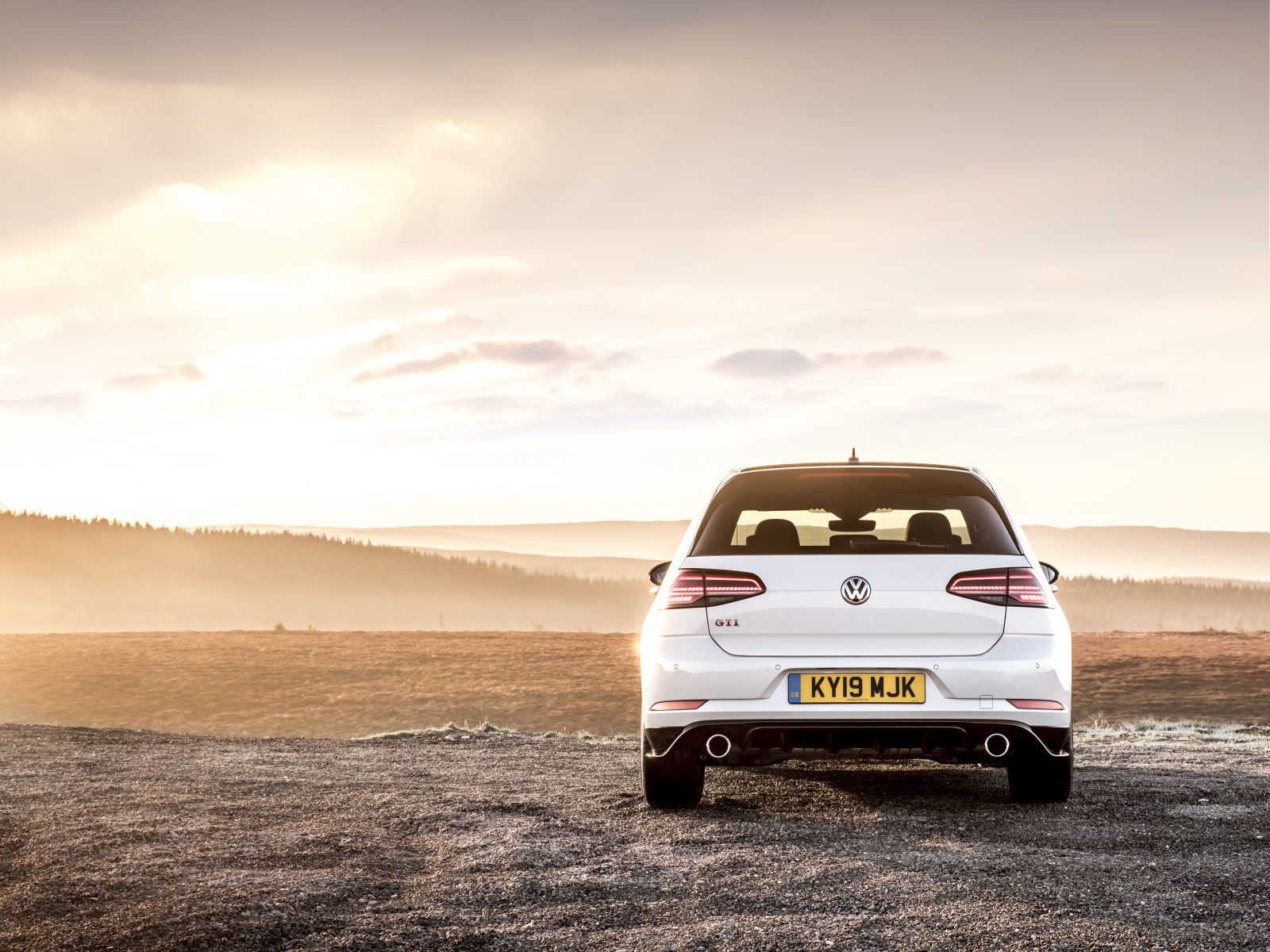
The verdict on the Golf GTI TCR is a tale of contradictions. In some ways, it feels like an opportunity missed, with that touring car nameplate seemingly perfectly suited to a stripped-out, hardcore Golf that could have been up there with the greats of the genre – think Renault Megane RS Trophy R rival.
However, ignore the possibilities and think of this as the ultimate iteration of the GTI formula and the TCR makes perfect sense. It somehow manages to turn the hot Golf up to 11 while retaining the everyday sensibilities and premium appeal that have won it so many fans over the years. It might not be quite as hard-edged as the best in the game, but as an all-rounder, it’s tough to beat.
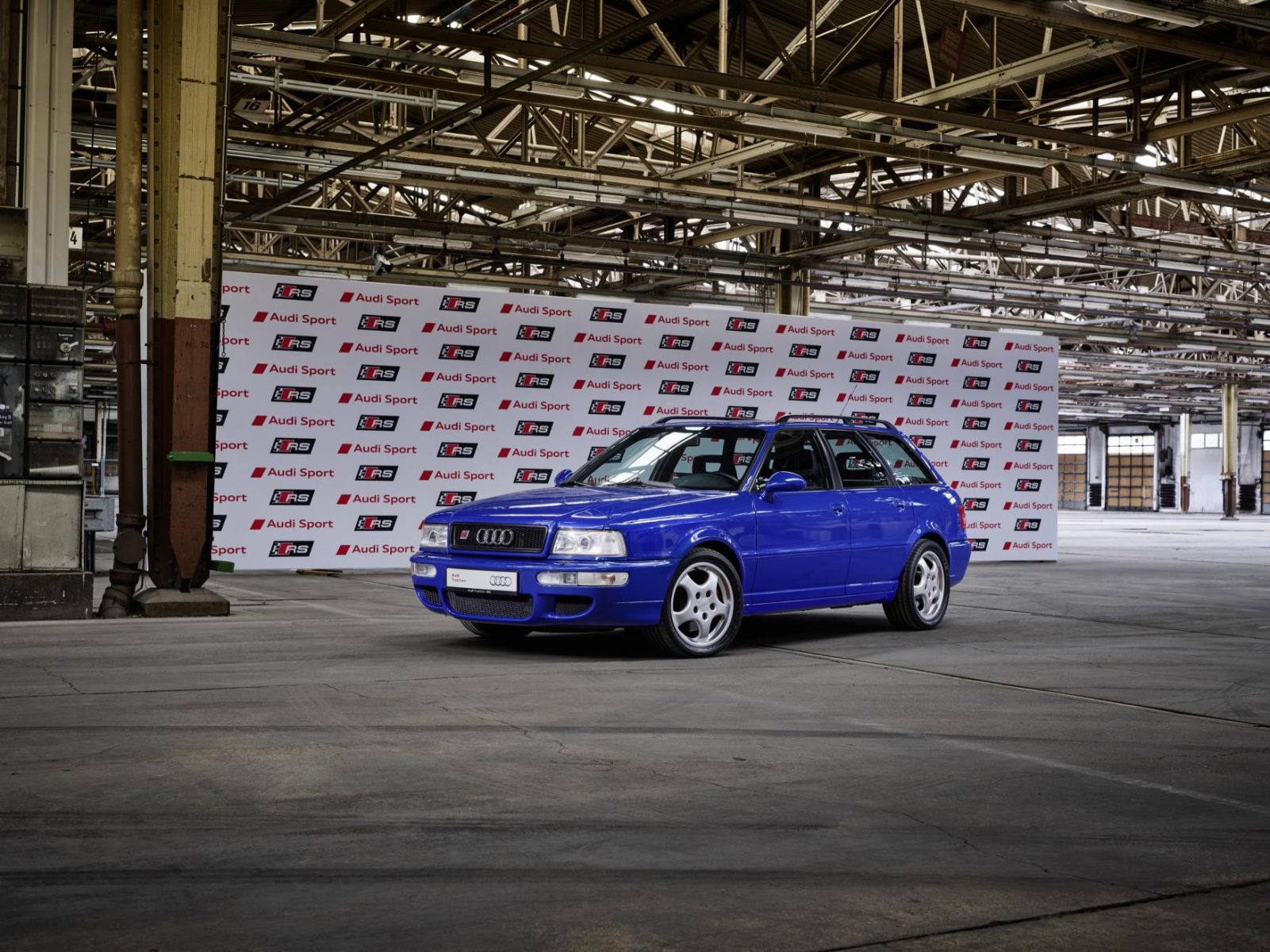
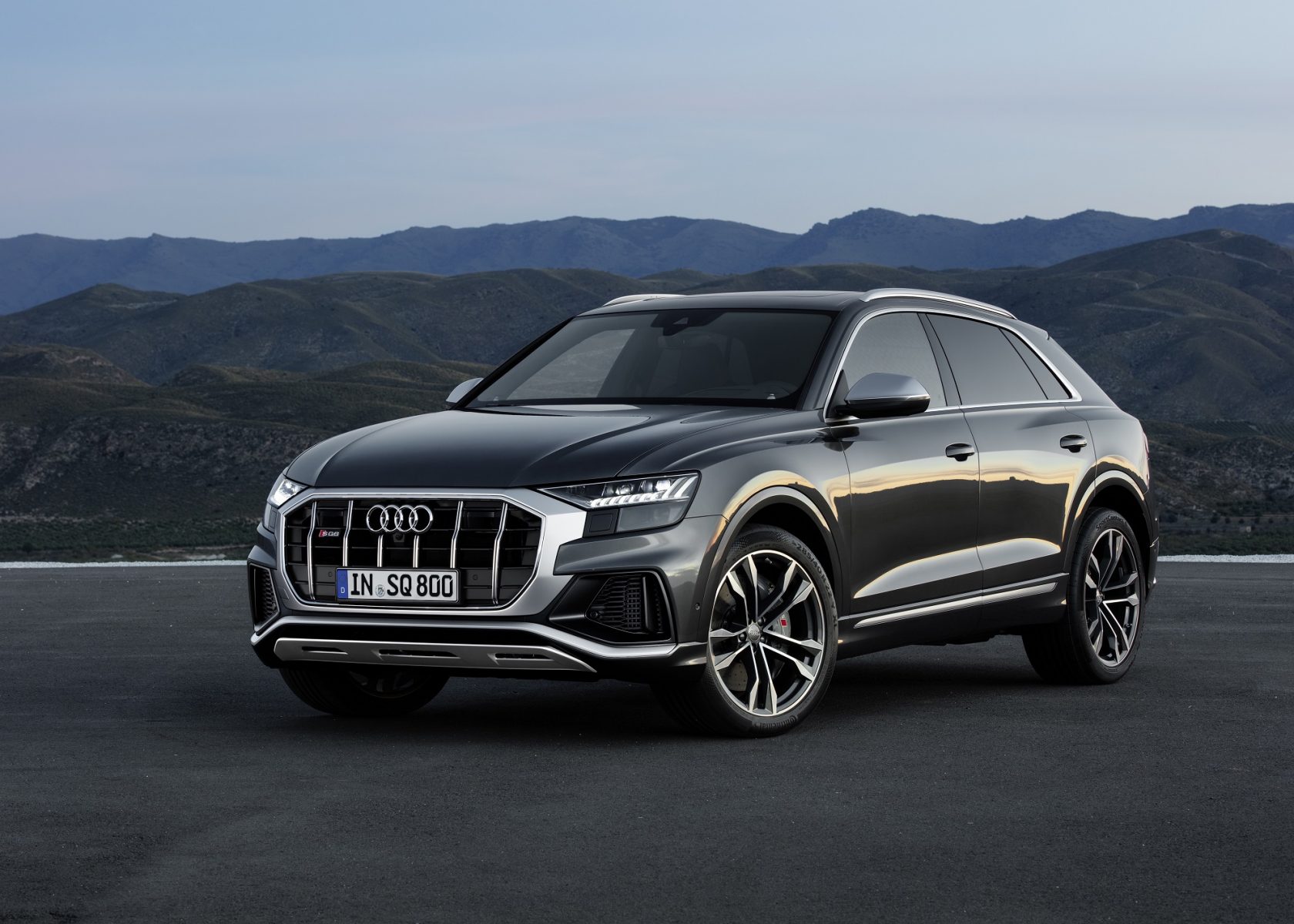

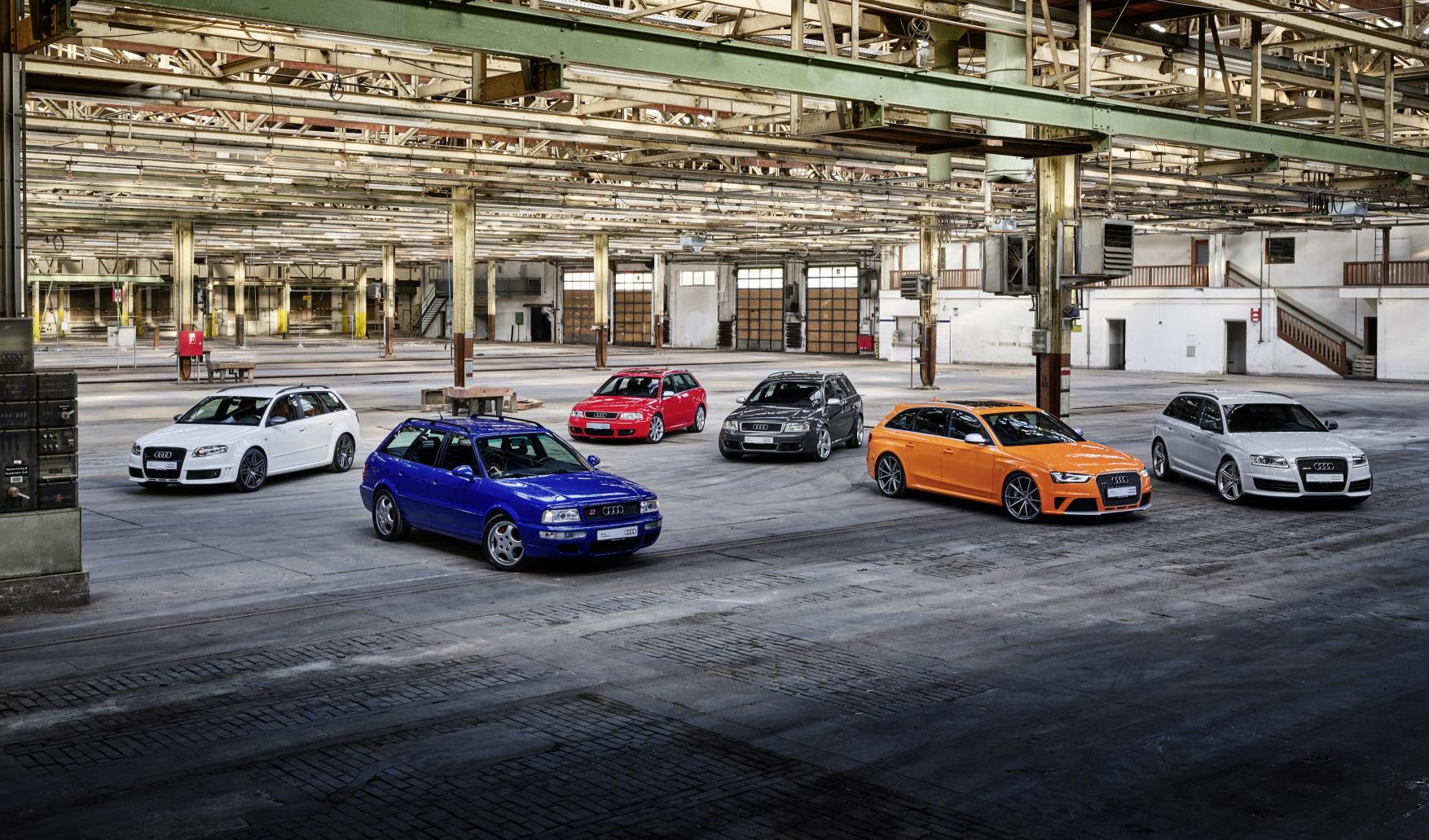
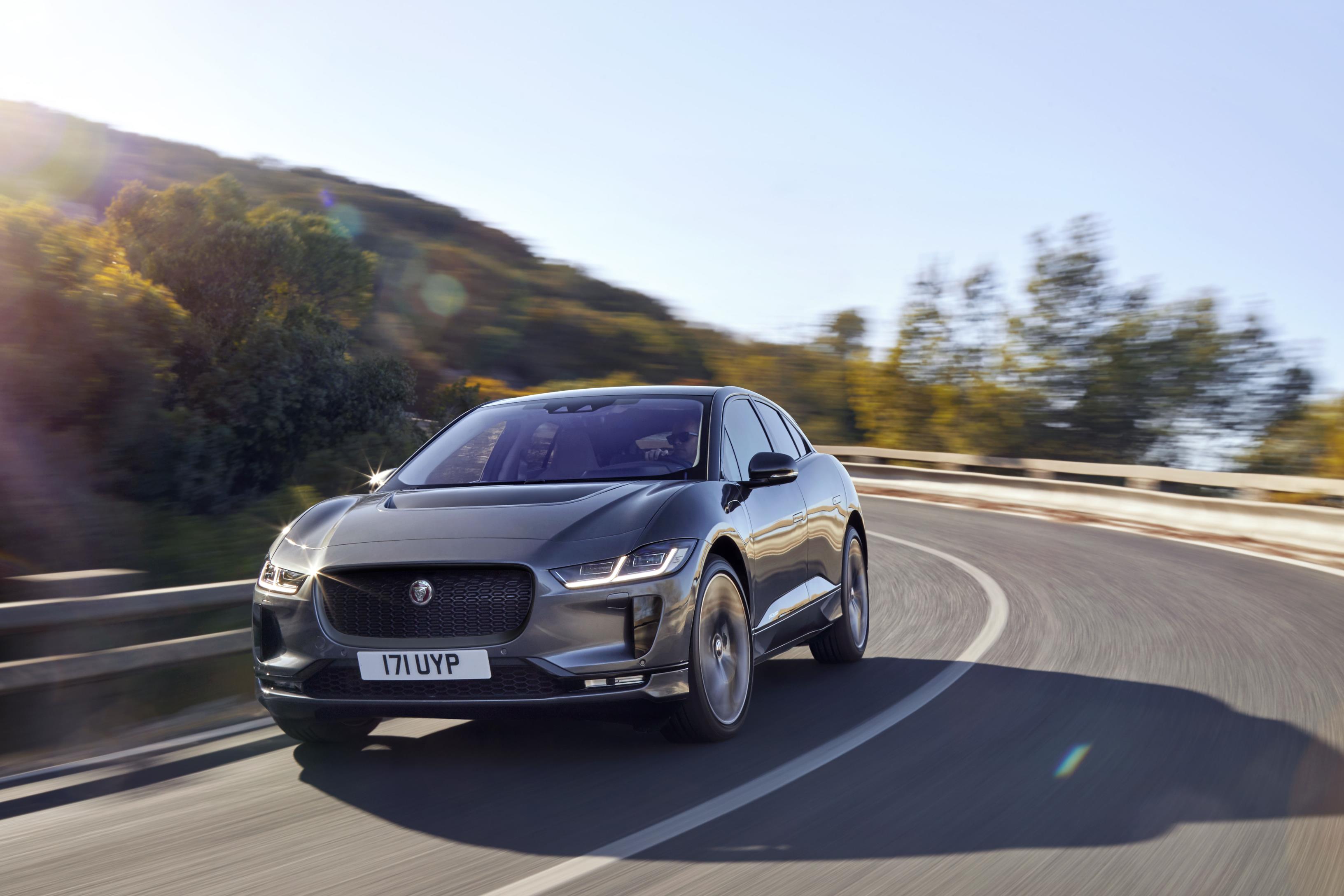
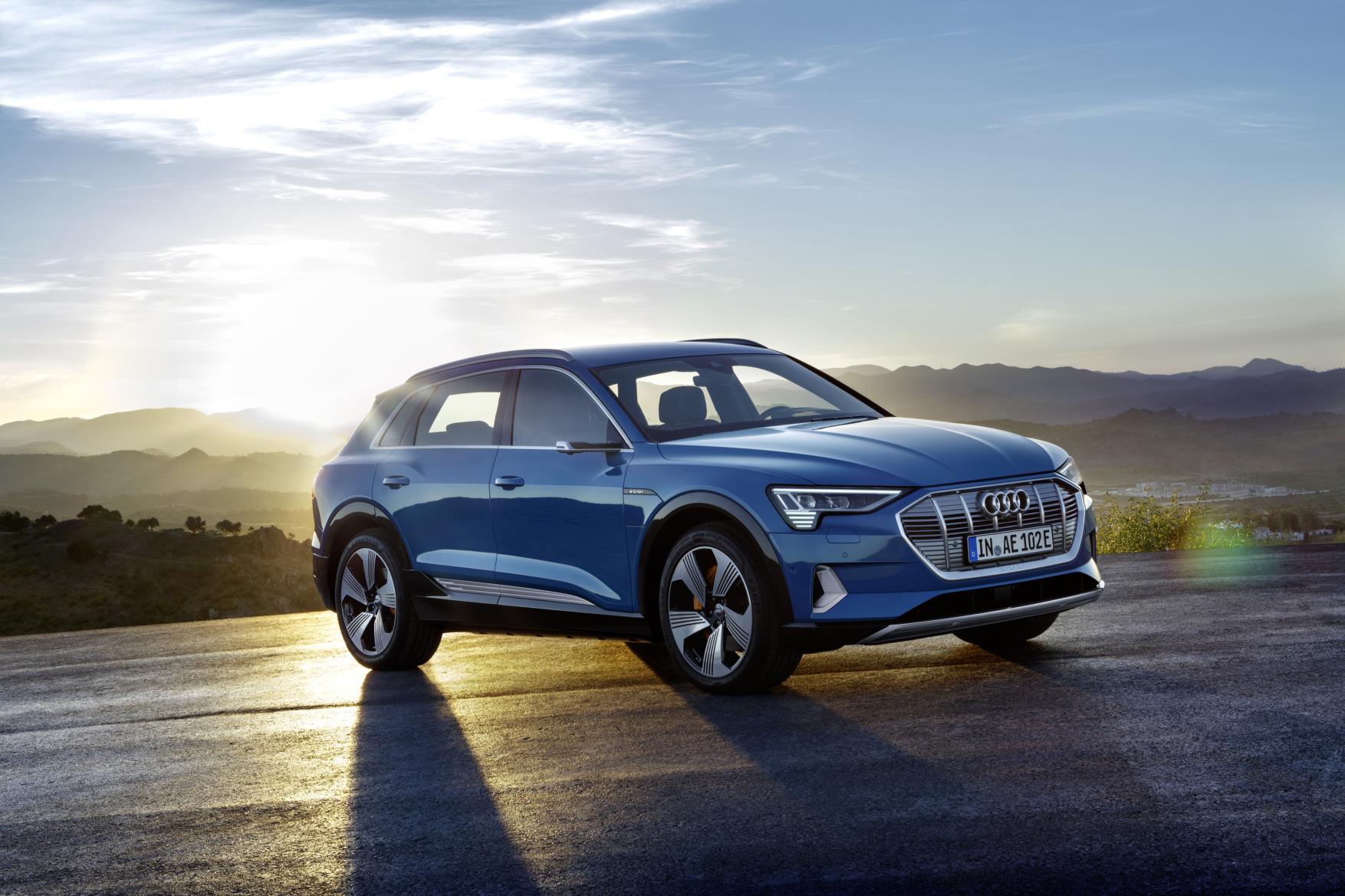

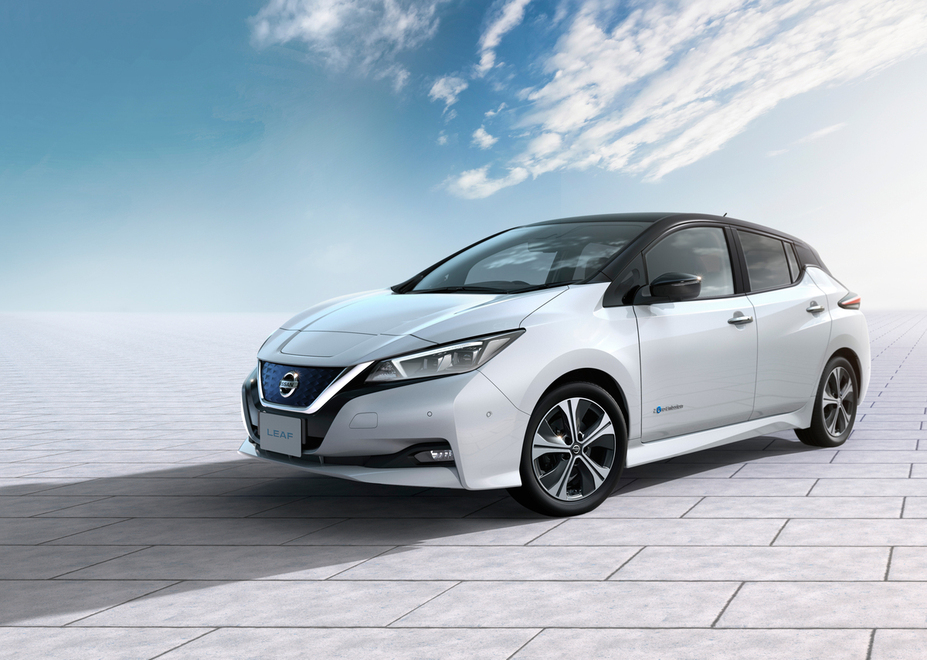
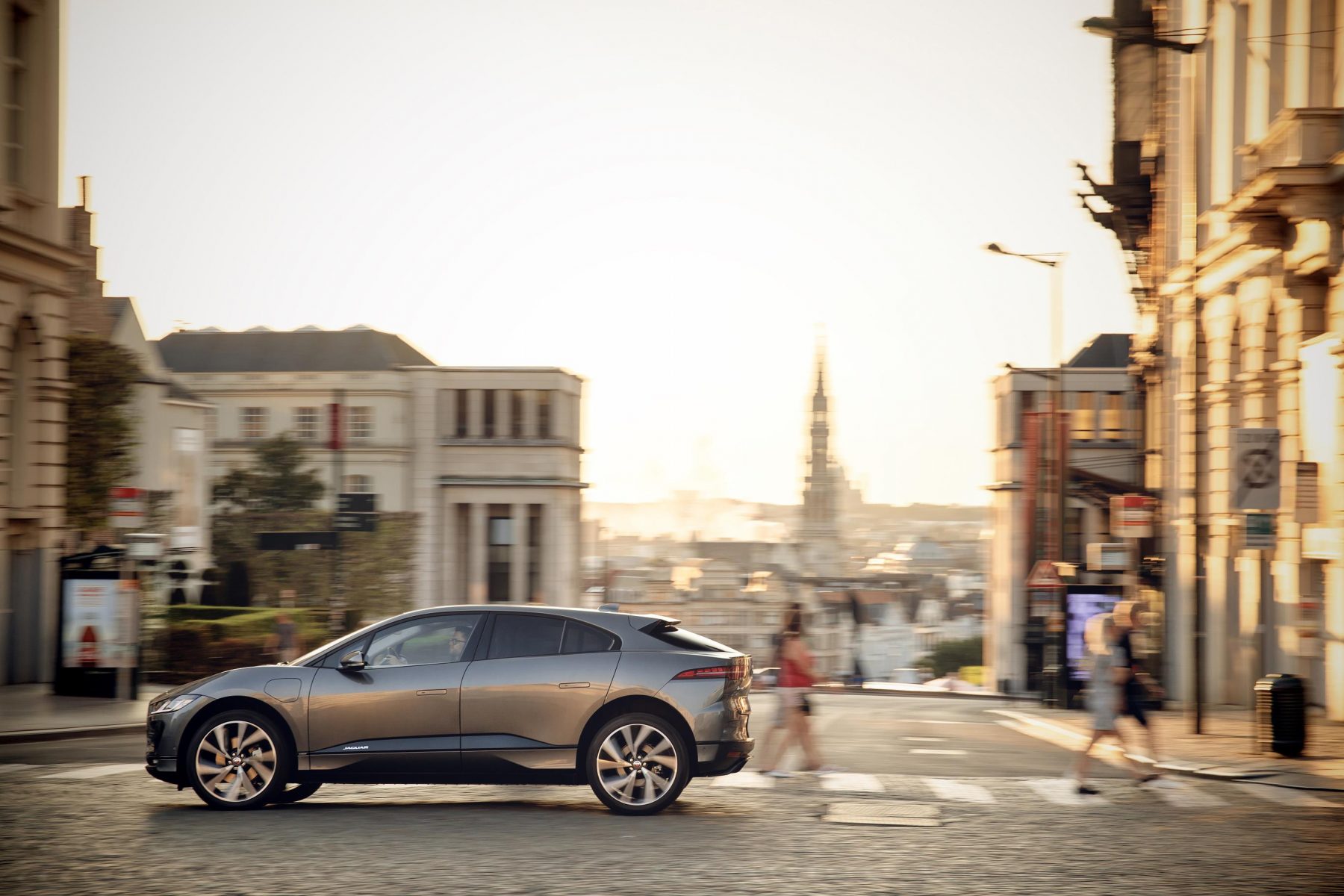
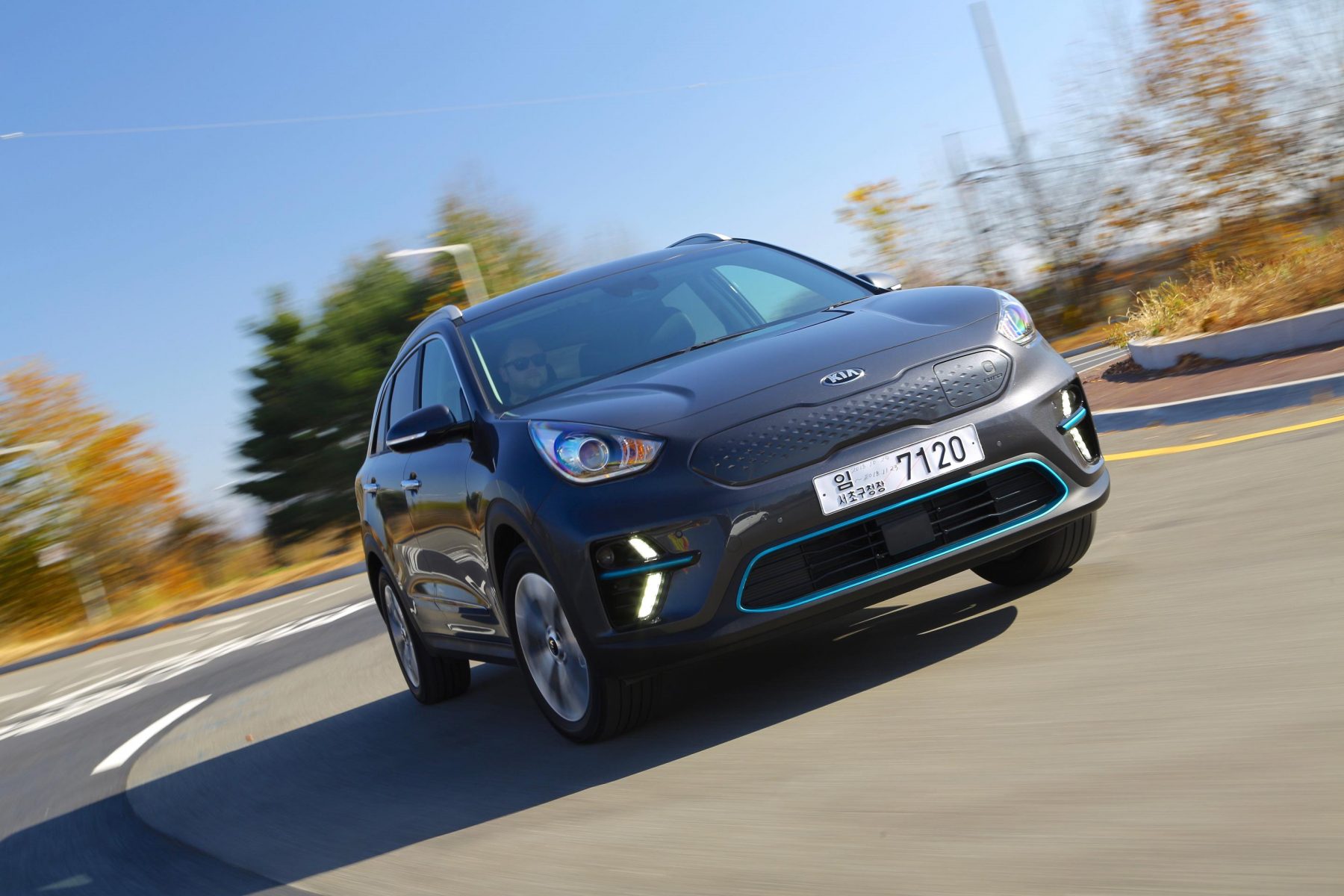
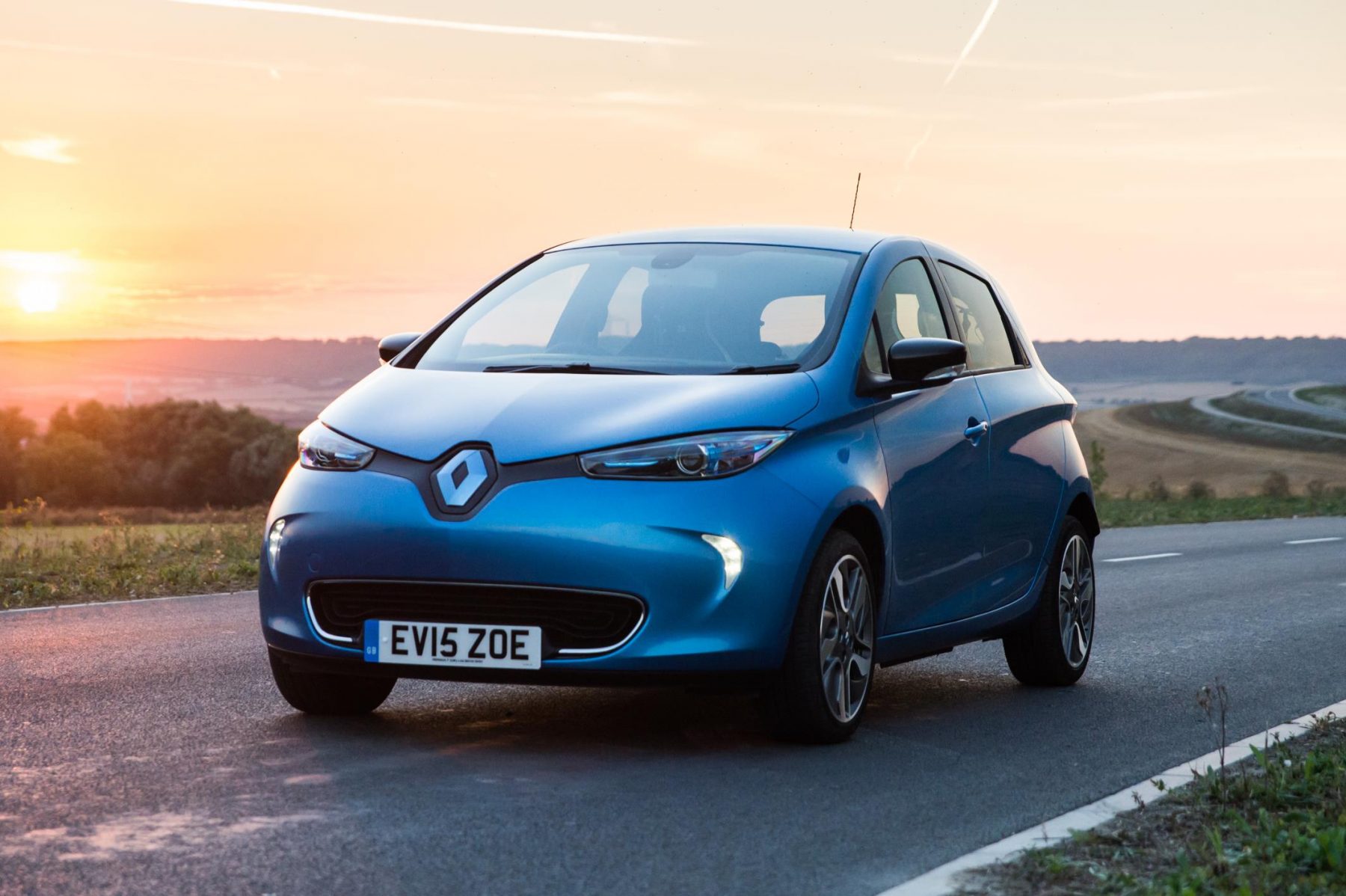
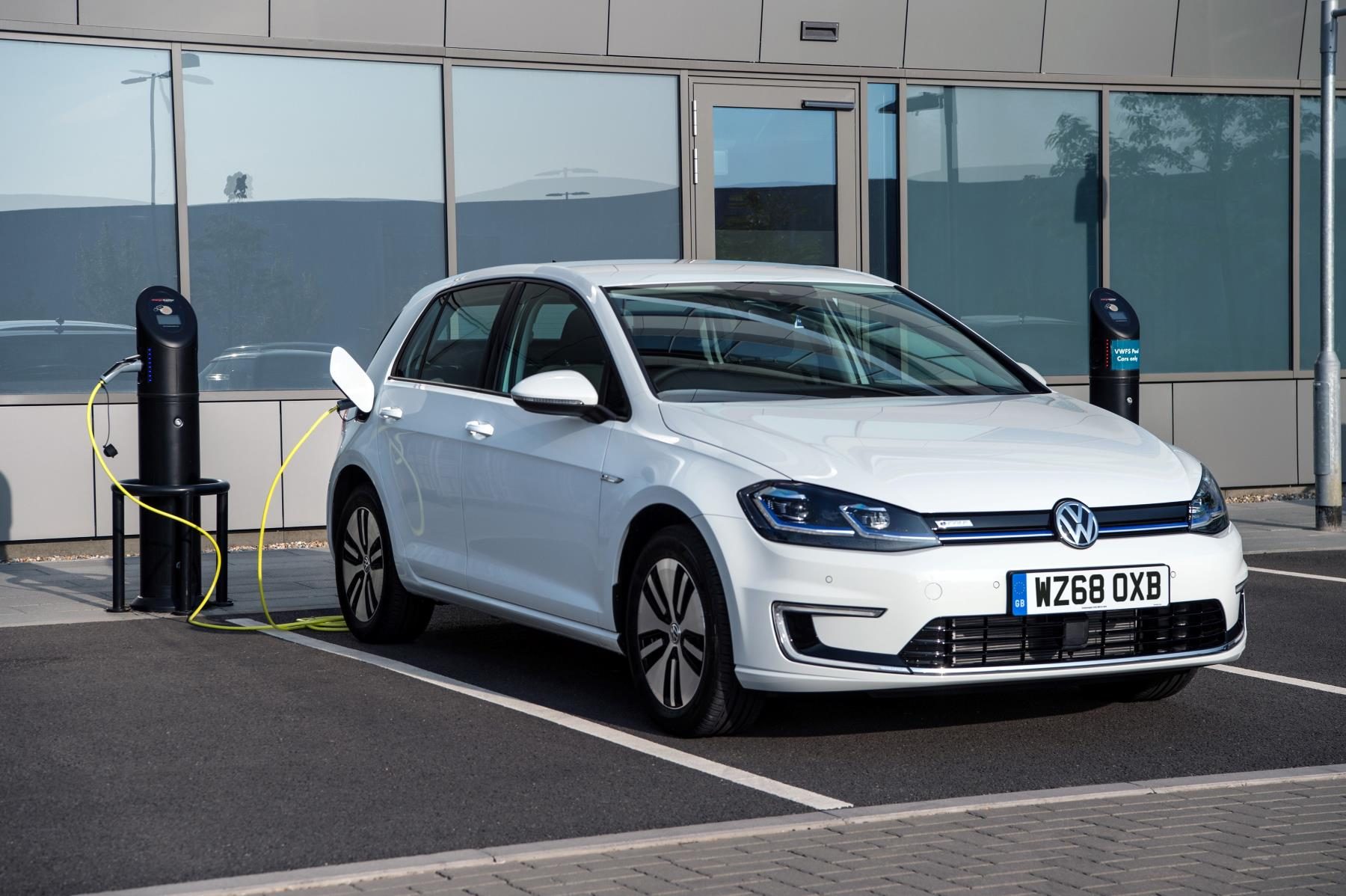
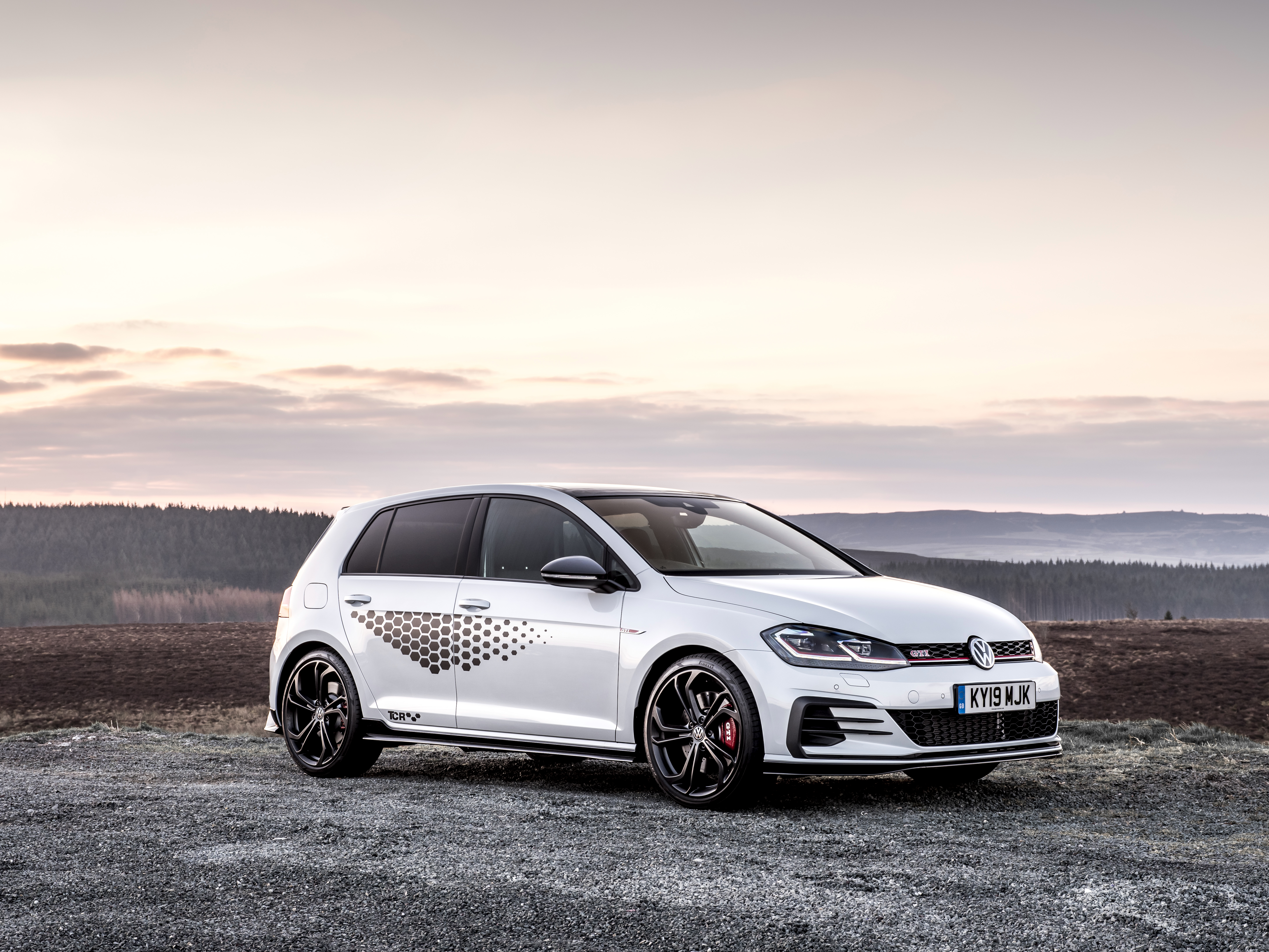











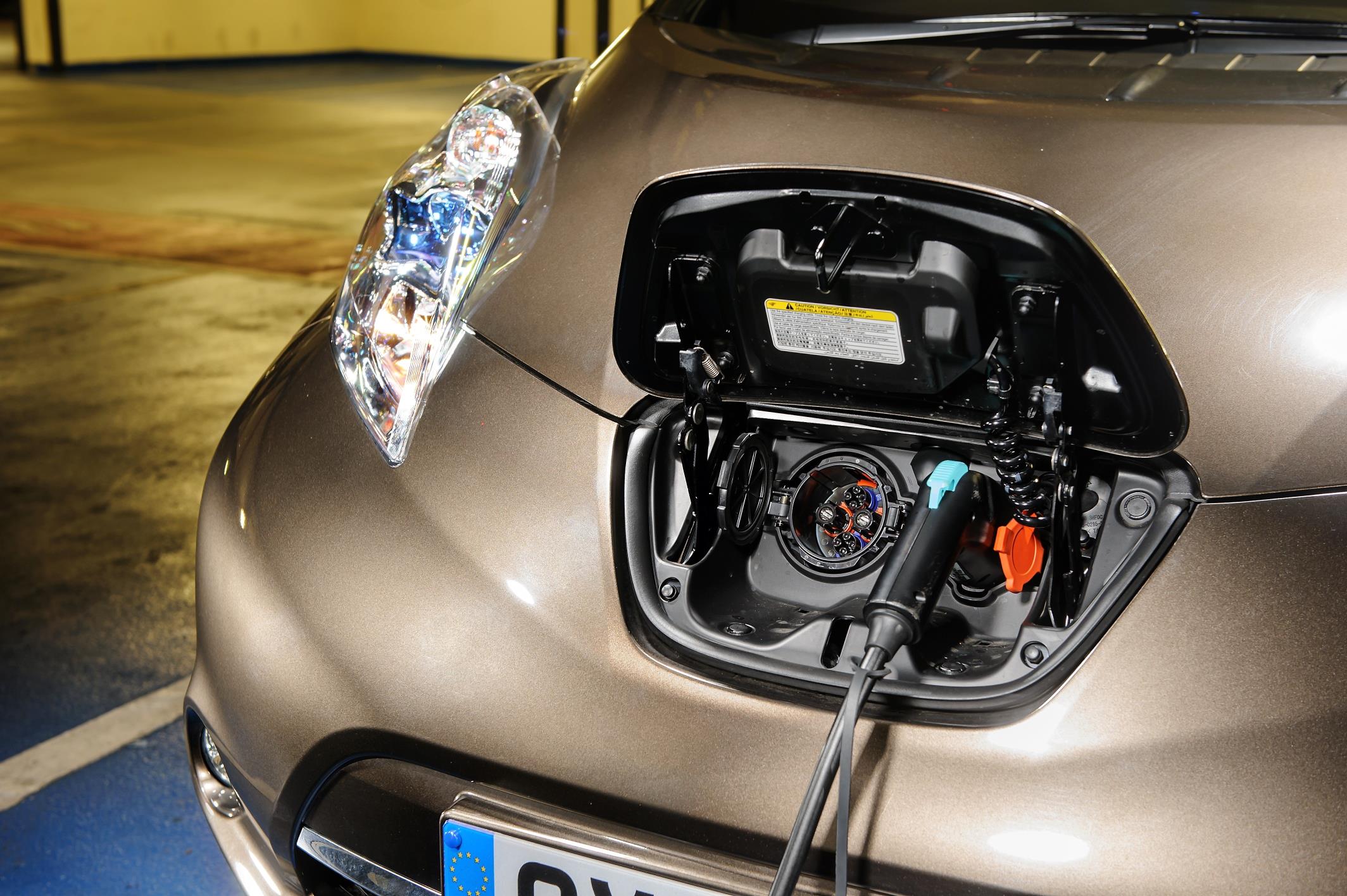



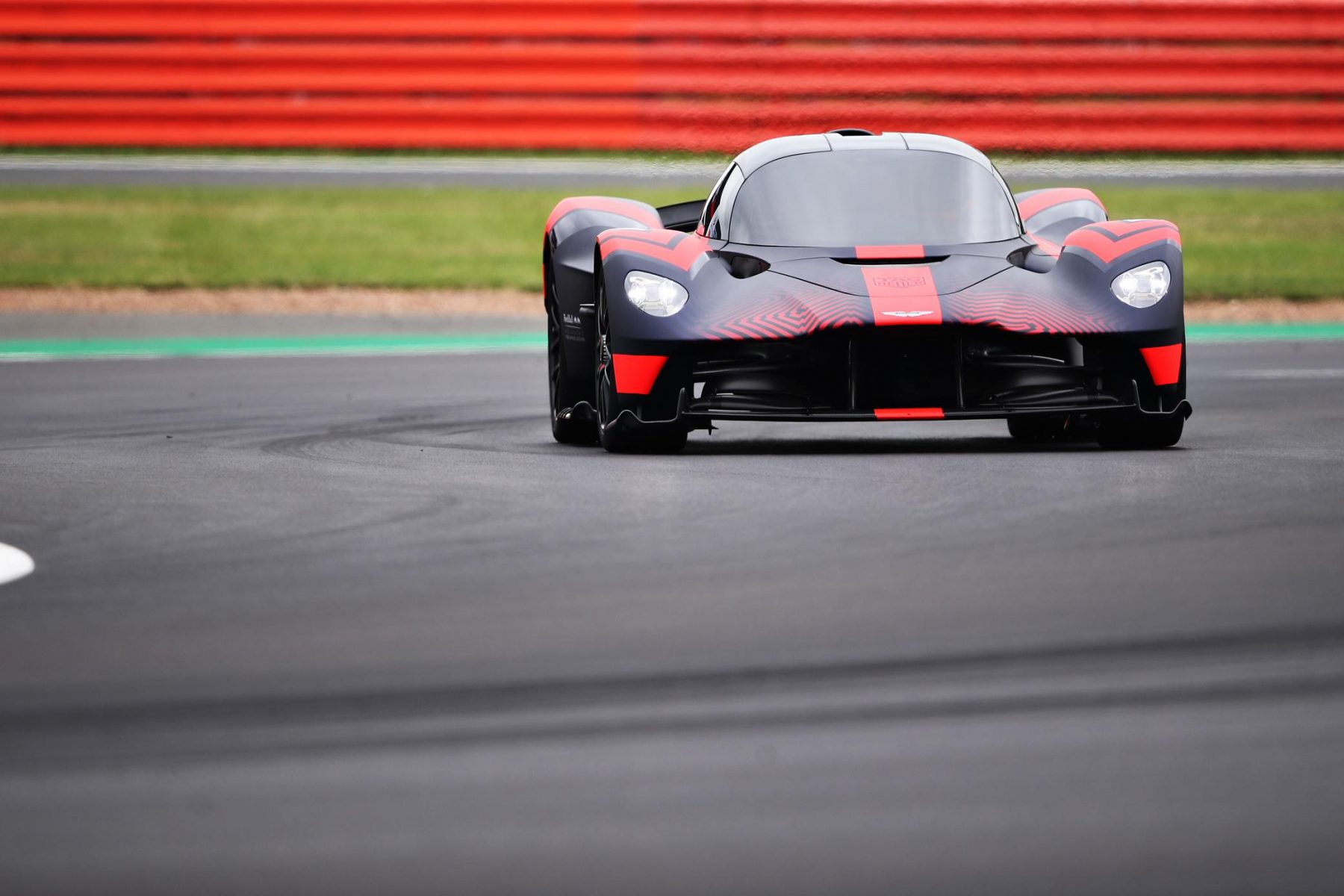
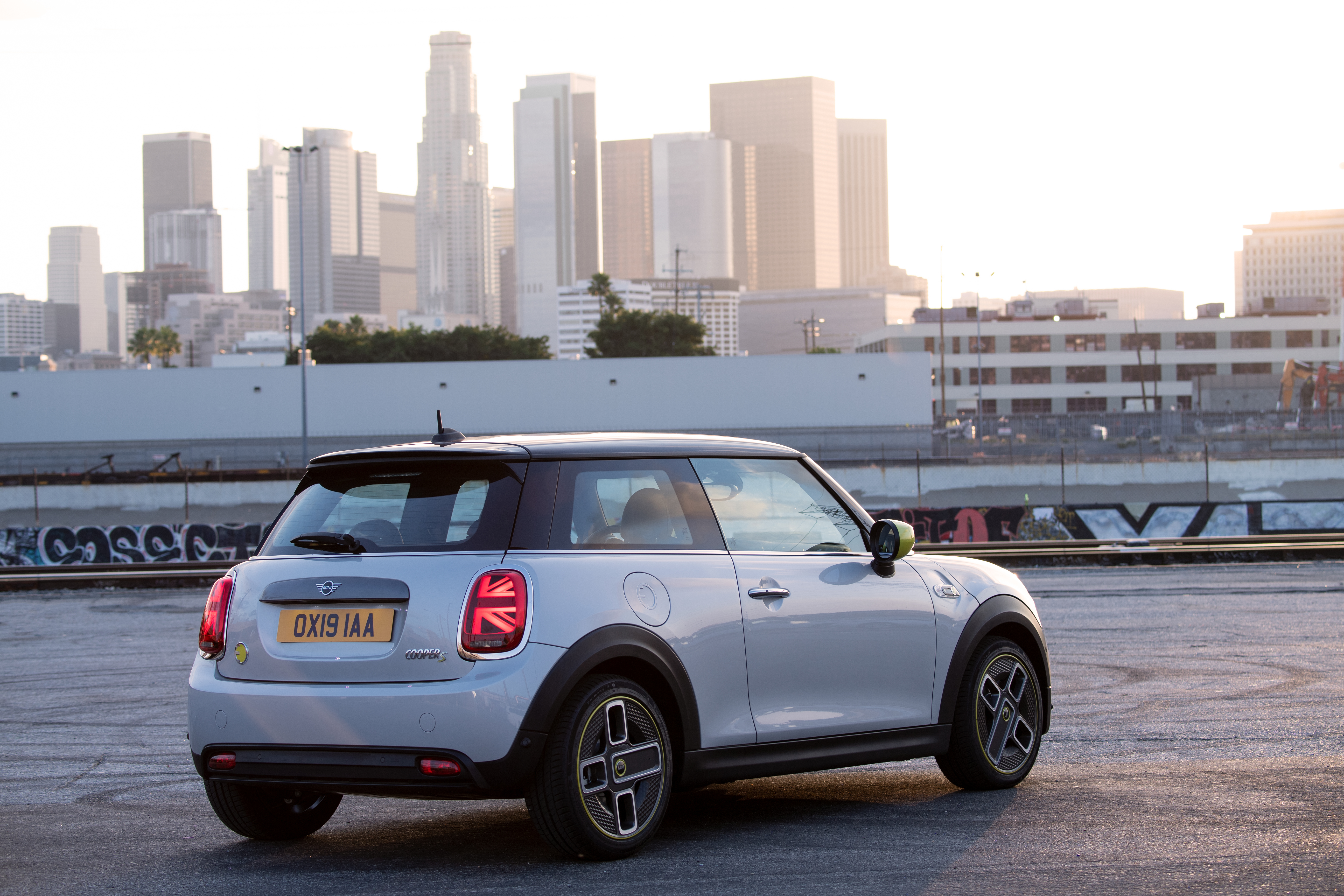
 The announcement of increased investment in Jaguar’s electric car manufacturing facilities came wrapped with some surprising news; the XJ, a car that conjures up thoughts of straight-six motors or supercharged V8s, will be going all-electric.
The announcement of increased investment in Jaguar’s electric car manufacturing facilities came wrapped with some surprising news; the XJ, a car that conjures up thoughts of straight-six motors or supercharged V8s, will be going all-electric.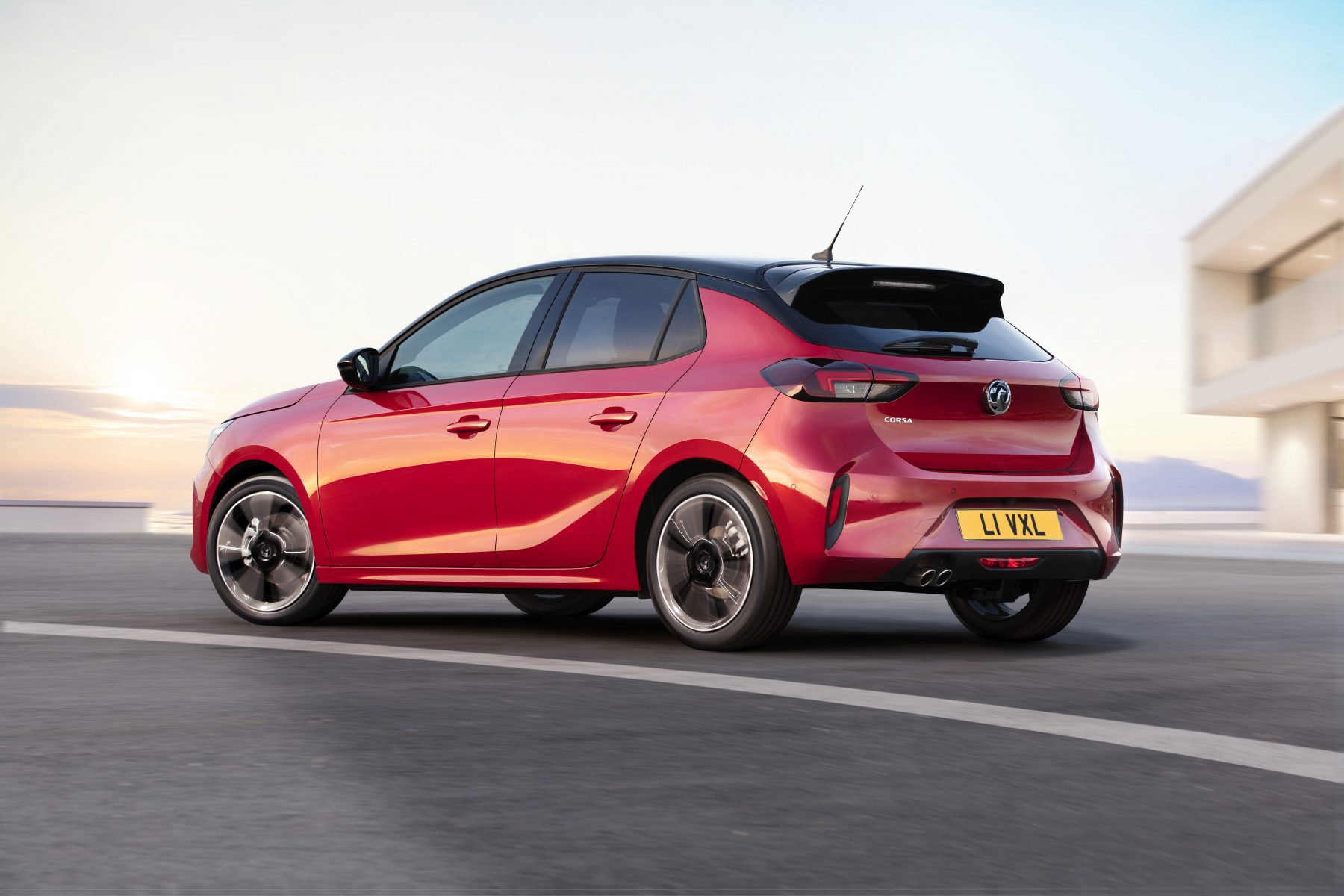 The next Vauxhall Corsa was always going to be a little different, given it’s the first example to be developed with new owners PSA, rather than General Motors.
The next Vauxhall Corsa was always going to be a little different, given it’s the first example to be developed with new owners PSA, rather than General Motors. It wasn’t so long ago that the news of a hybrid Mini – albeit a Countryman – seemed like quite a big deal, so the arrival of an electric variant of the Mini itself in the model’s 60thanniversary year was quite the leap forward.
It wasn’t so long ago that the news of a hybrid Mini – albeit a Countryman – seemed like quite a big deal, so the arrival of an electric variant of the Mini itself in the model’s 60thanniversary year was quite the leap forward.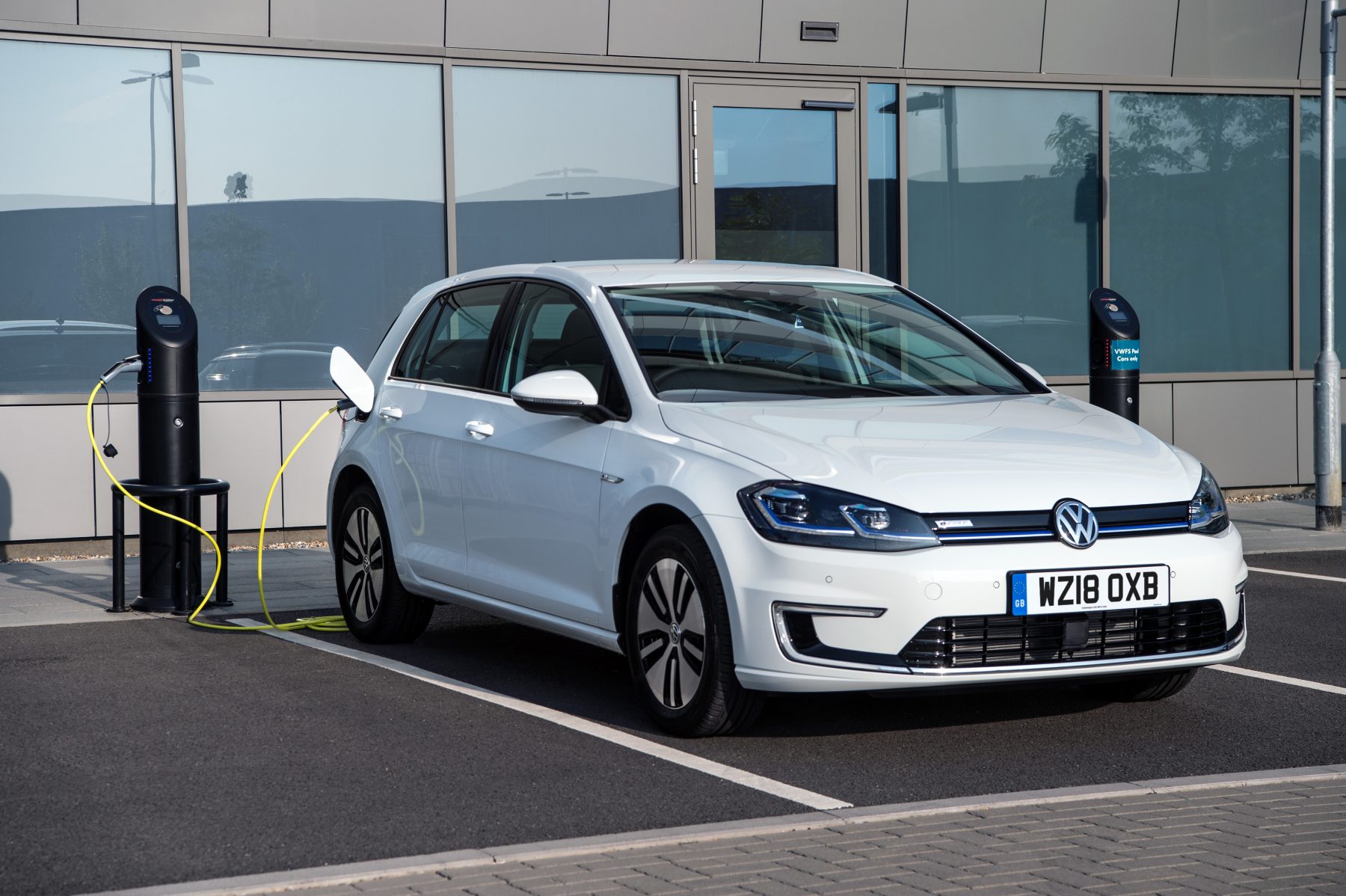 Volkswagen was well ahead of the curve when it came to an electric version of its most popular model.
Volkswagen was well ahead of the curve when it came to an electric version of its most popular model.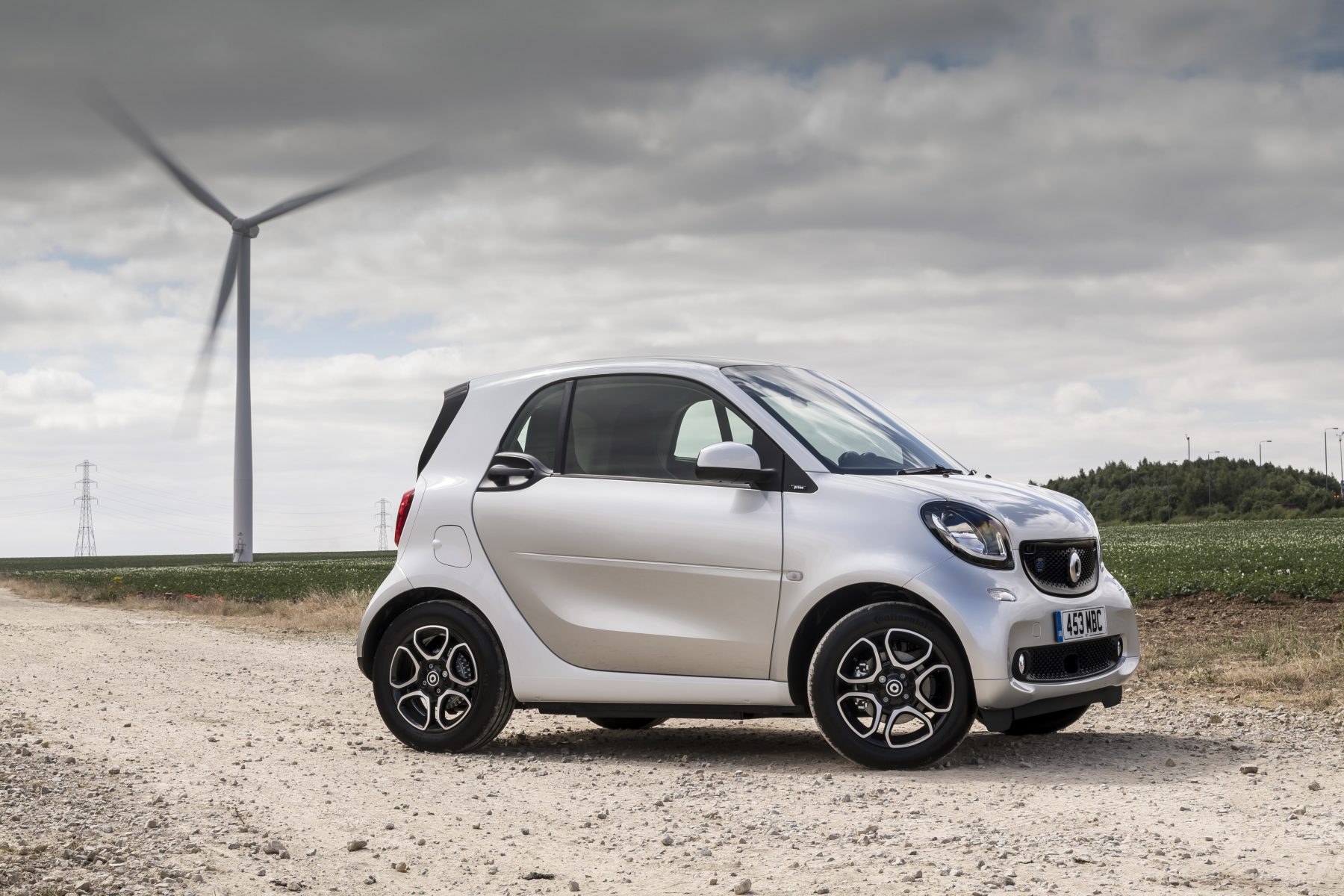 As soon as a big company took on the idea of a small electric city car for a high-volume production run, novel beasts such as the G-Wiz were never going to be long for the world. When Mercedes-owned Smart rolled out an electric version of the ForTwo in the late 2000s, the moment had finally come.
As soon as a big company took on the idea of a small electric city car for a high-volume production run, novel beasts such as the G-Wiz were never going to be long for the world. When Mercedes-owned Smart rolled out an electric version of the ForTwo in the late 2000s, the moment had finally come.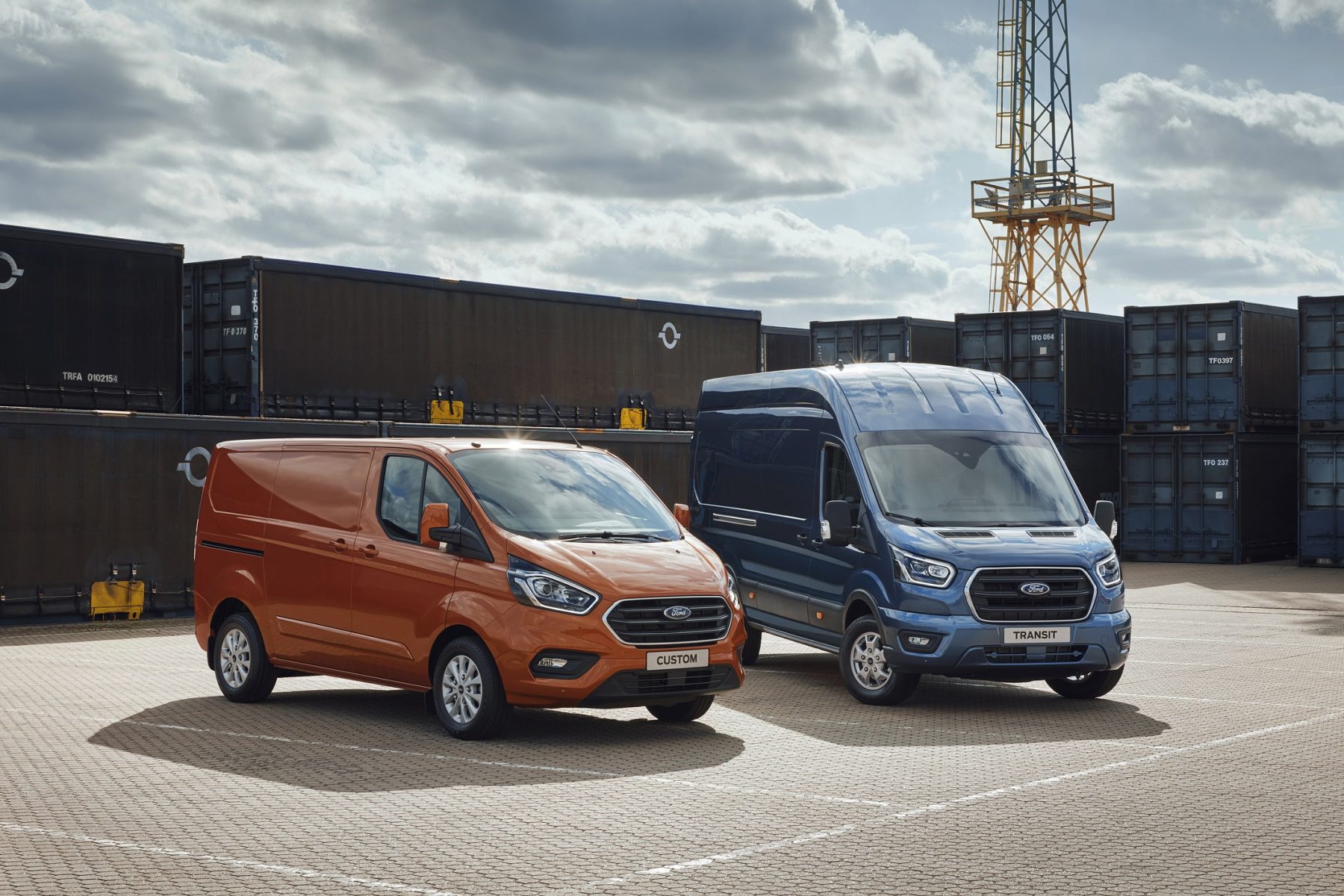 The all-electric commercial vehicle isn’t an entirely new concept, with the likes of Nissan giving businesses an electric option with the E-NV200.
The all-electric commercial vehicle isn’t an entirely new concept, with the likes of Nissan giving businesses an electric option with the E-NV200. Given the 208’s platform is the same one Vauxhall’s Corsa is built on, there will be no shortage of small electric hatchbacks in the very near future.
Given the 208’s platform is the same one Vauxhall’s Corsa is built on, there will be no shortage of small electric hatchbacks in the very near future. And now for something completely different.
And now for something completely different.